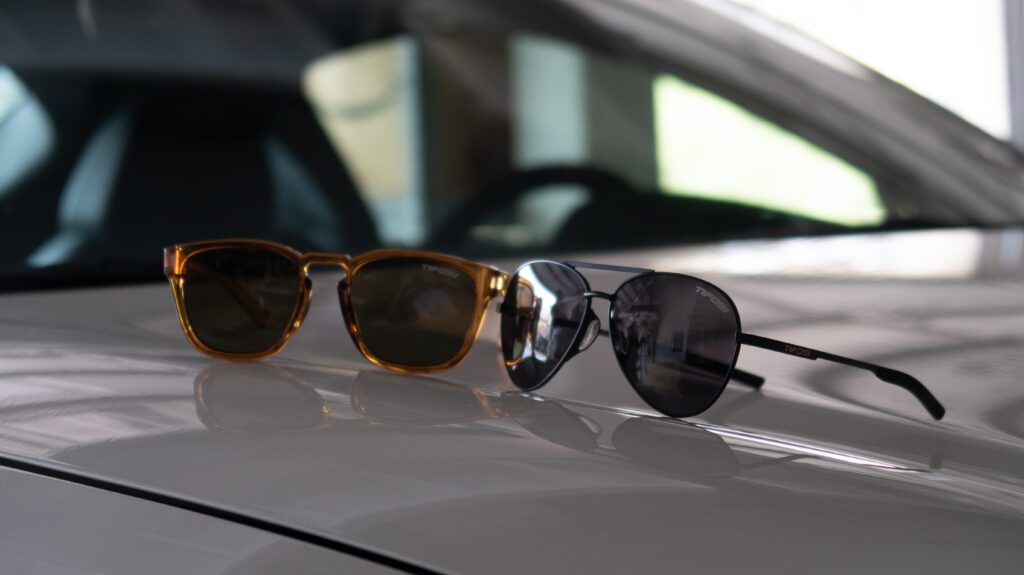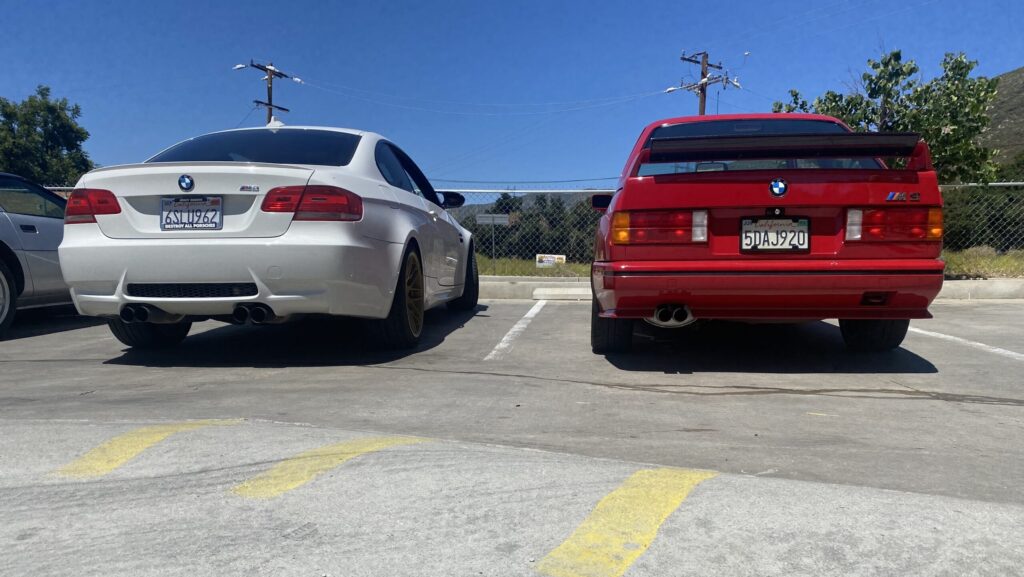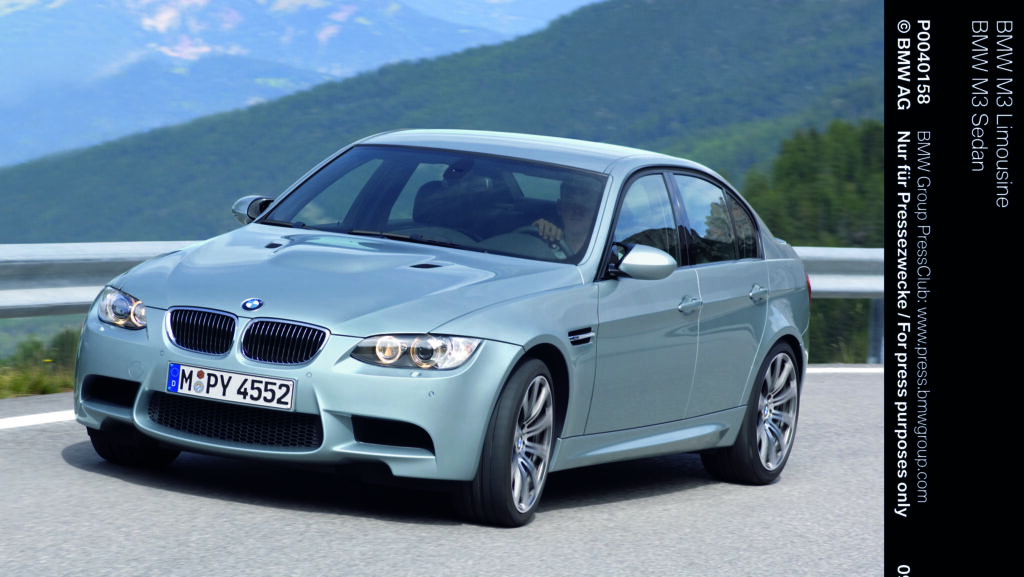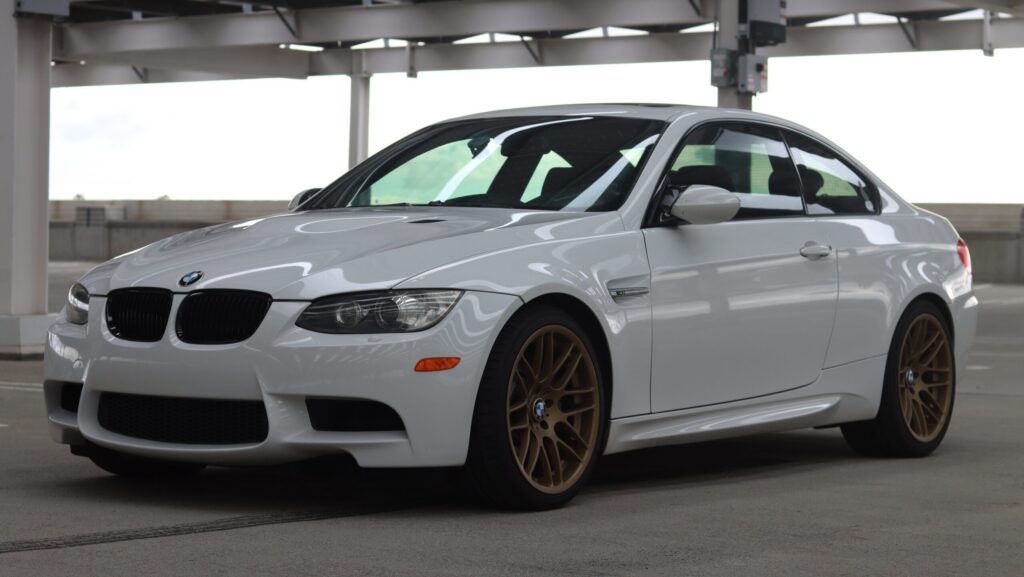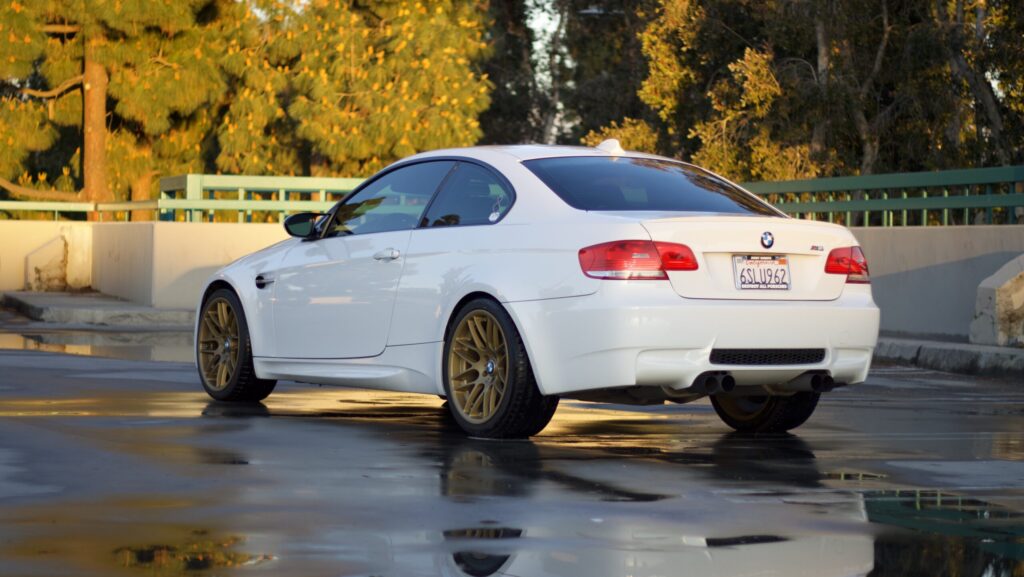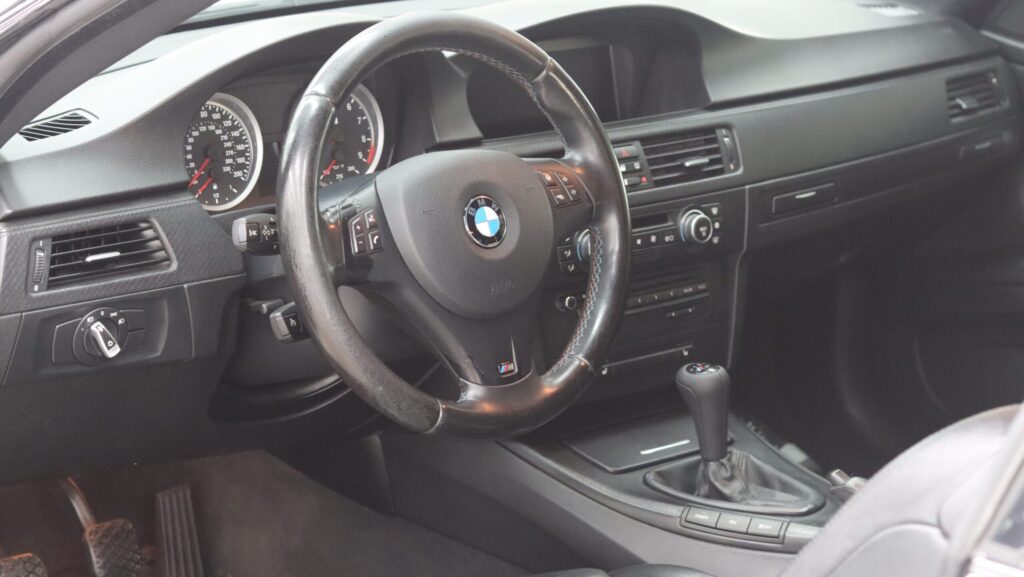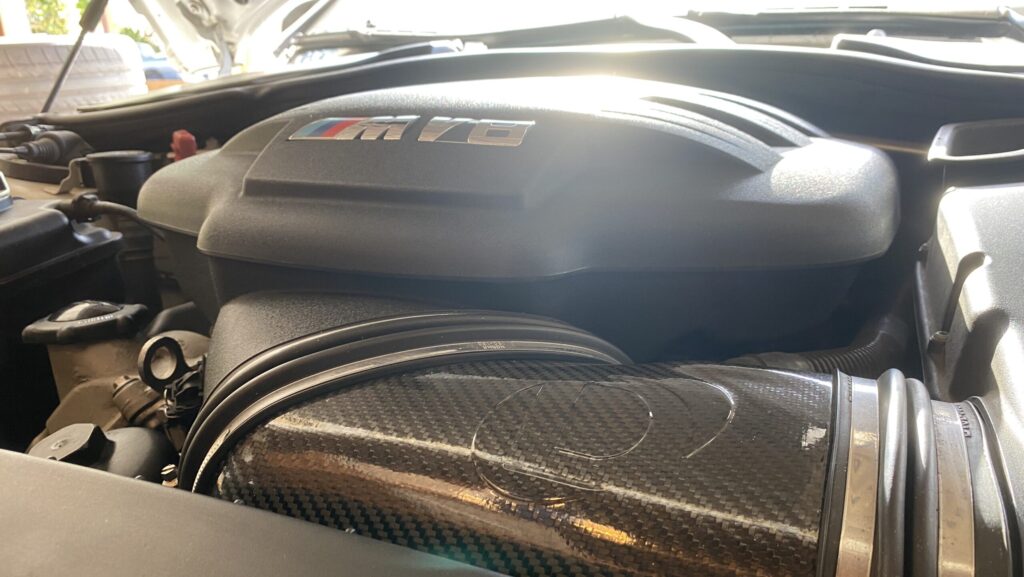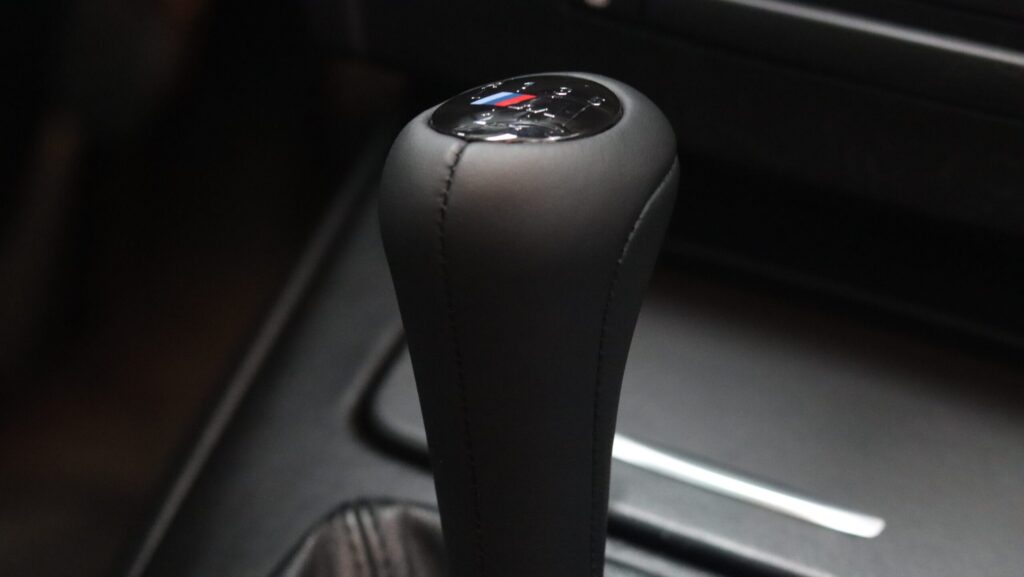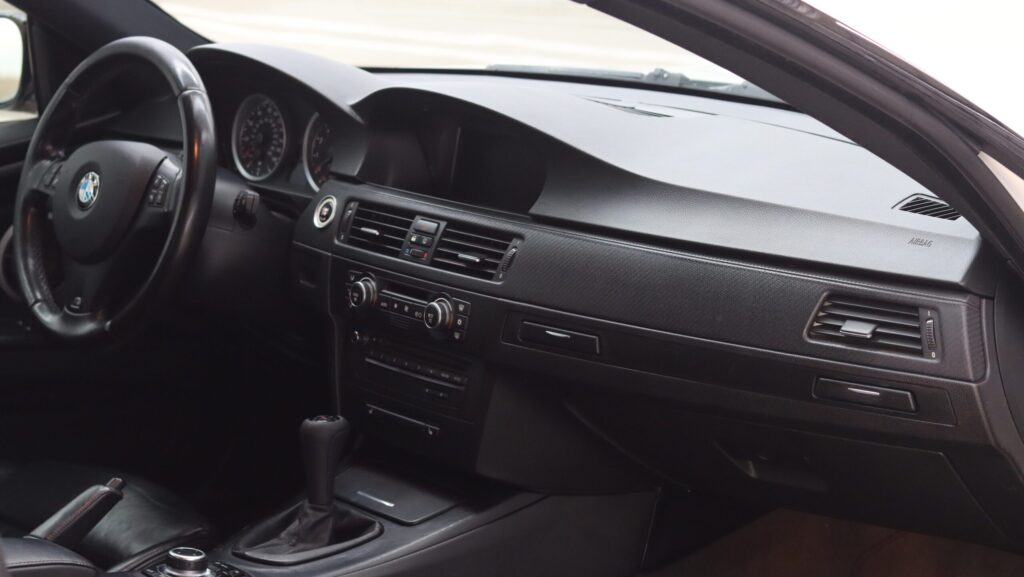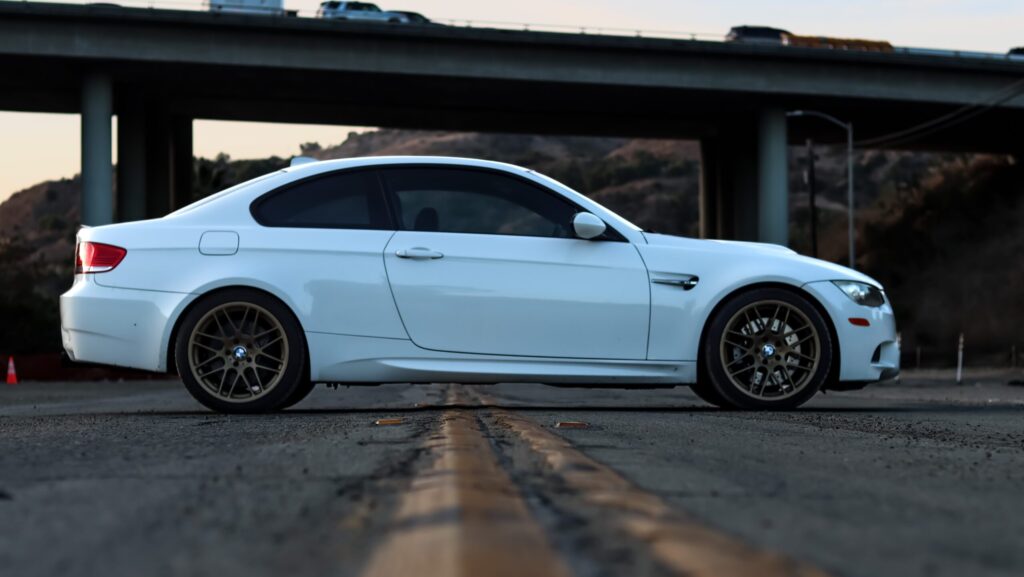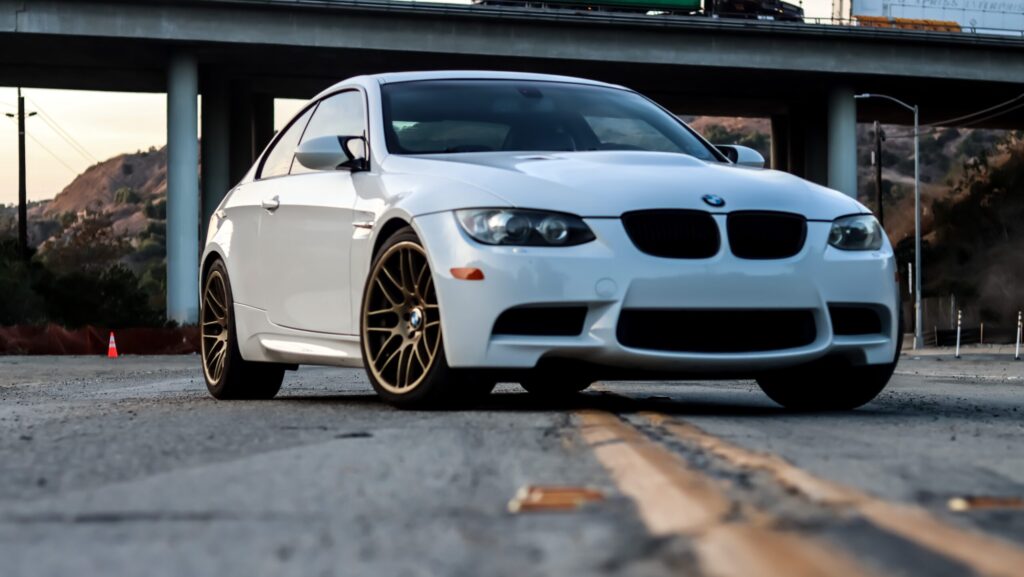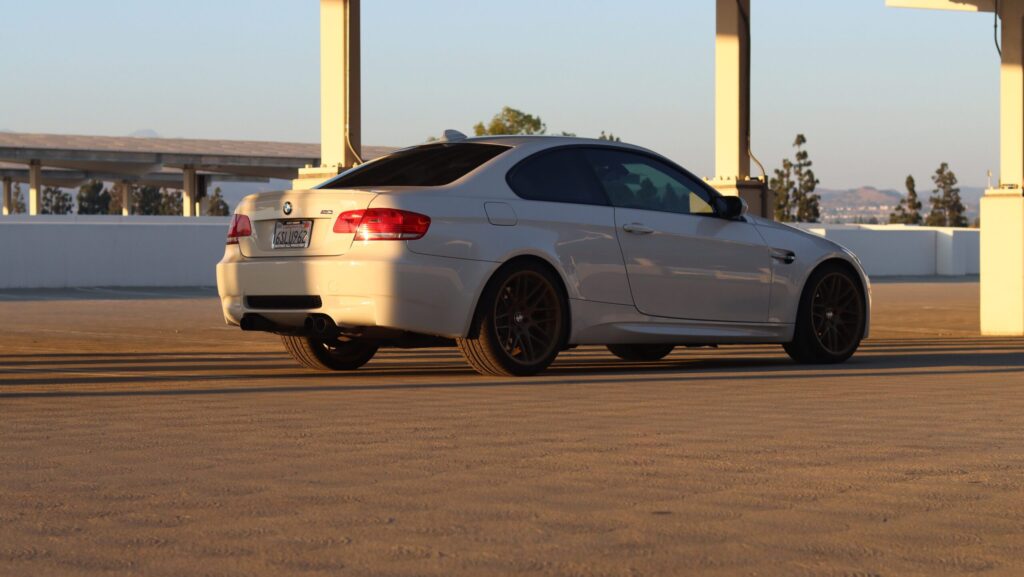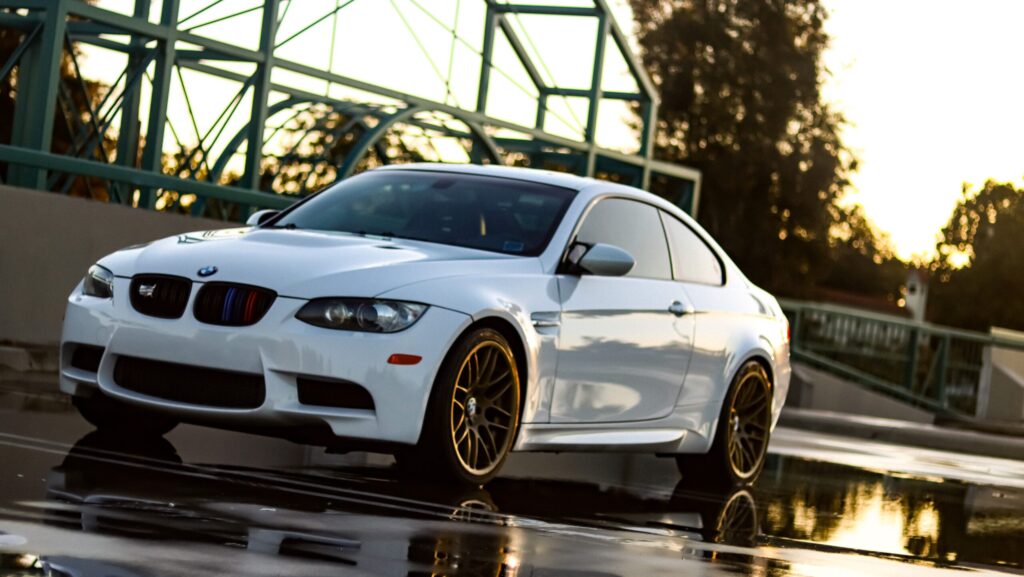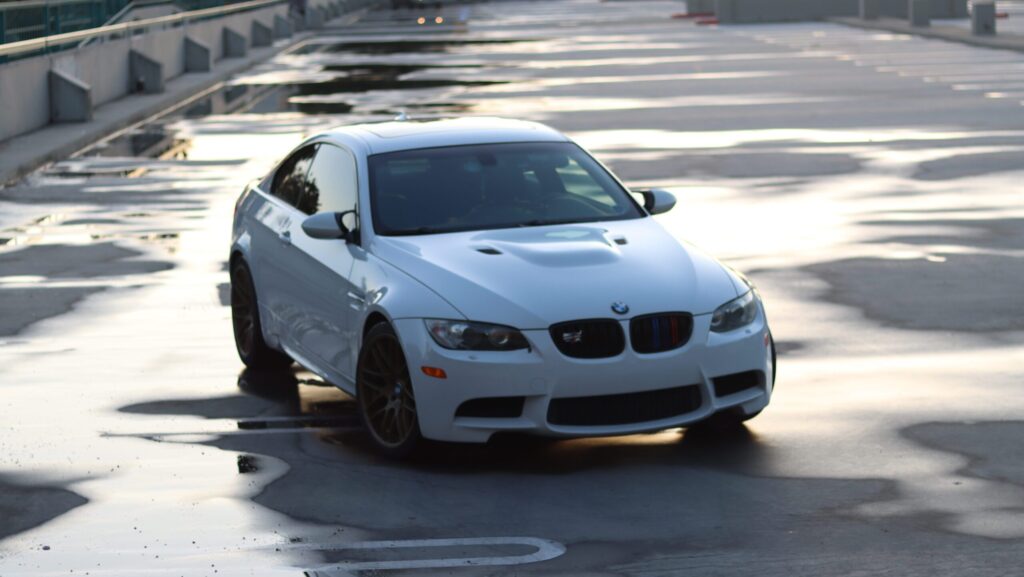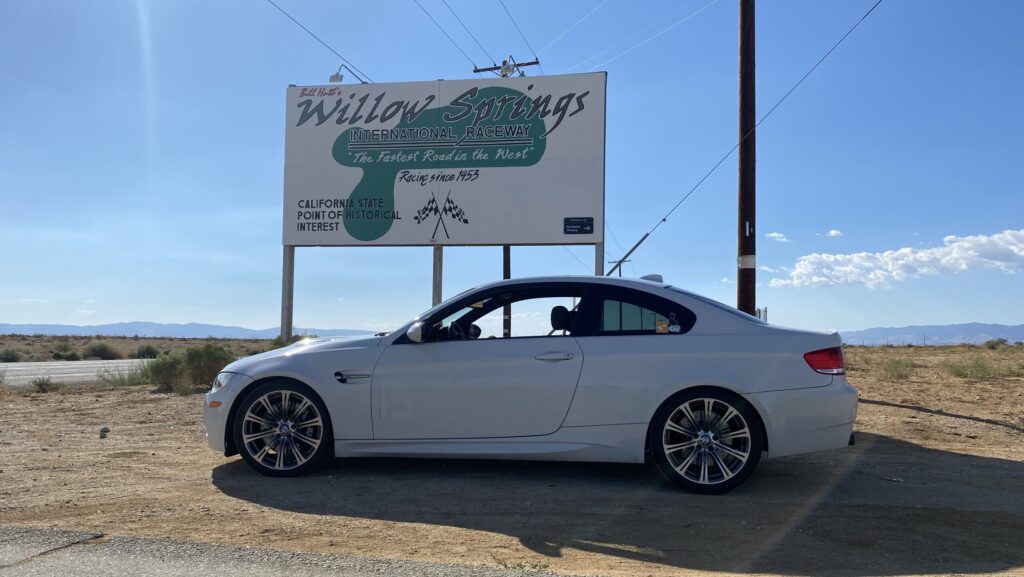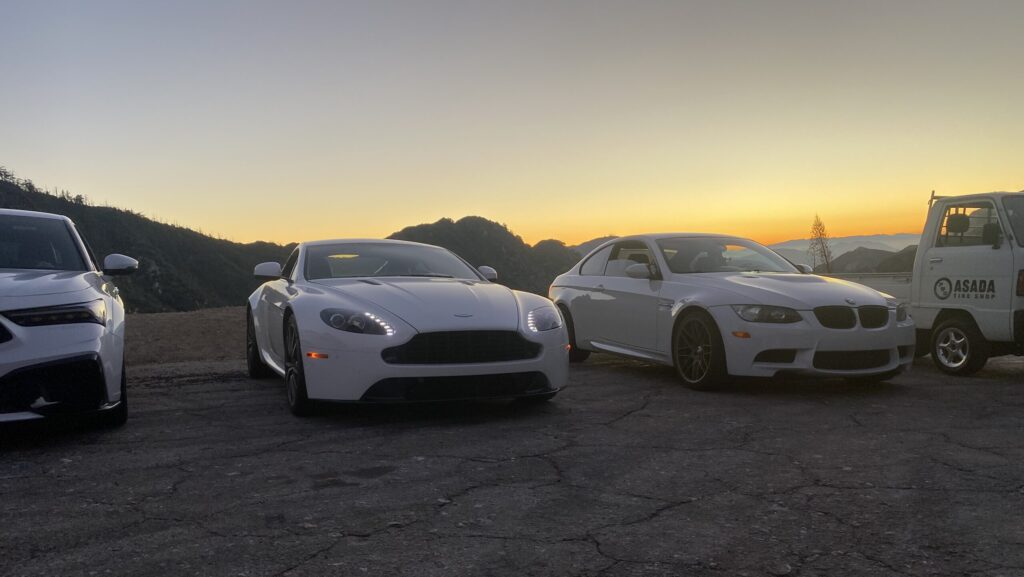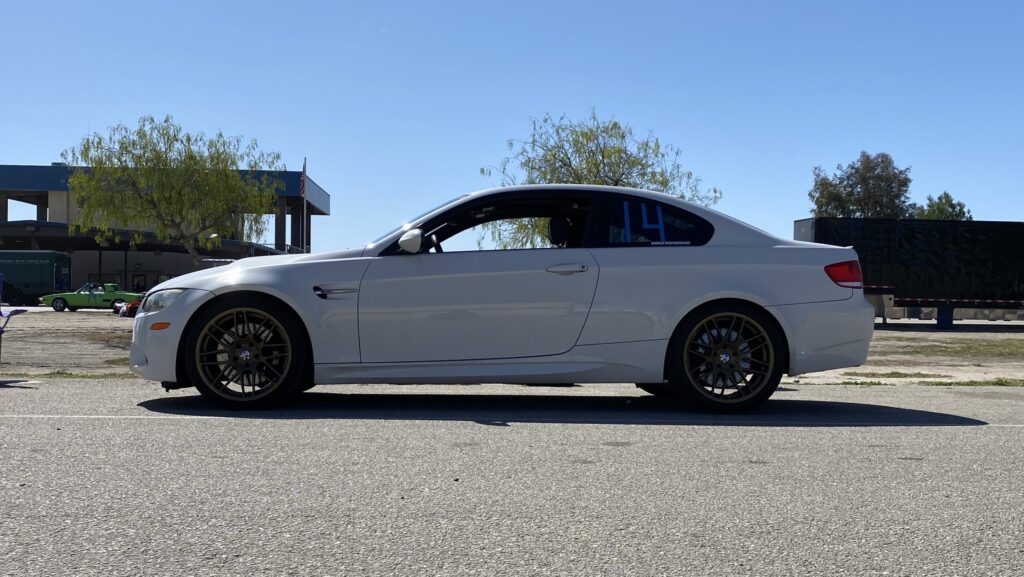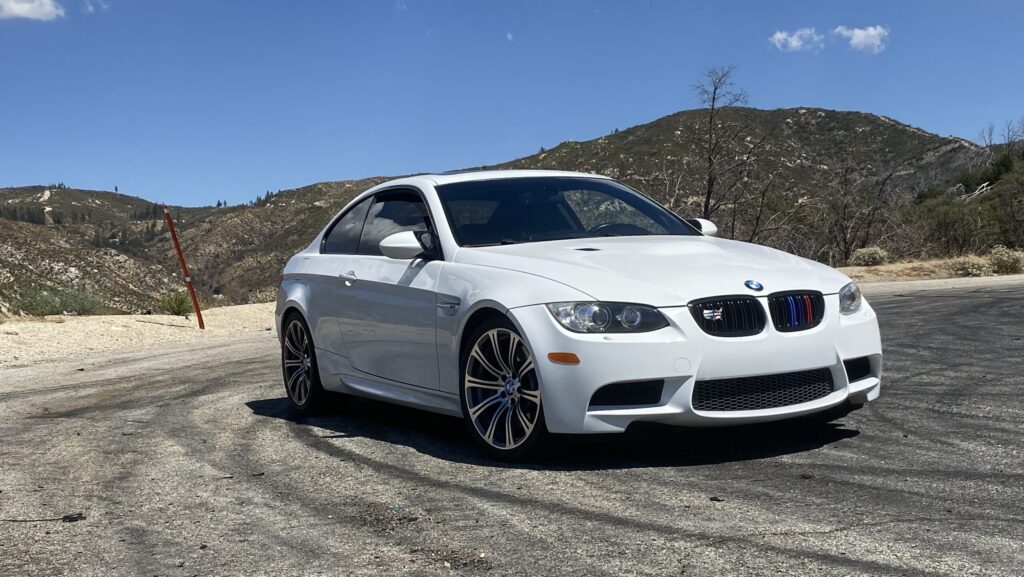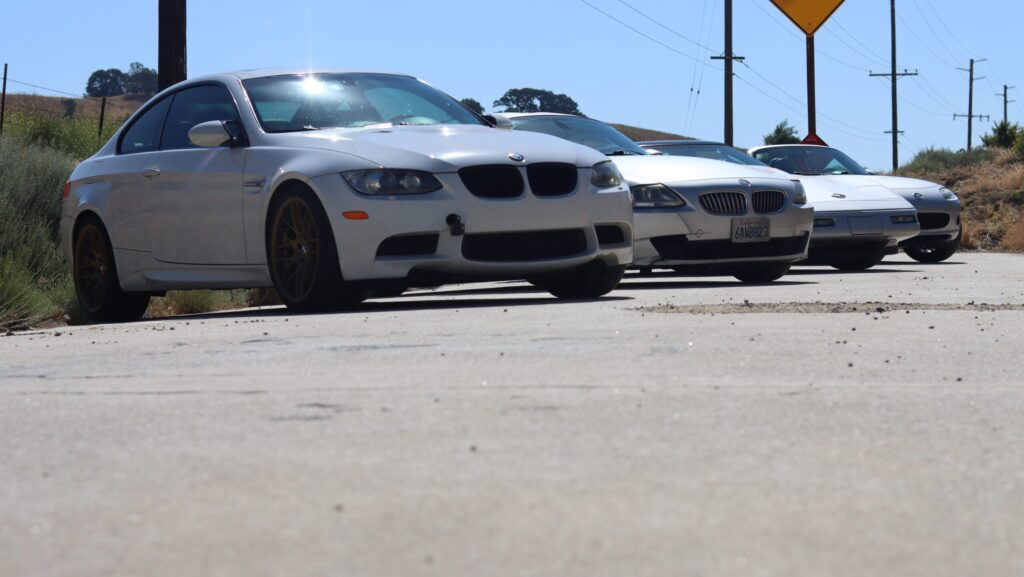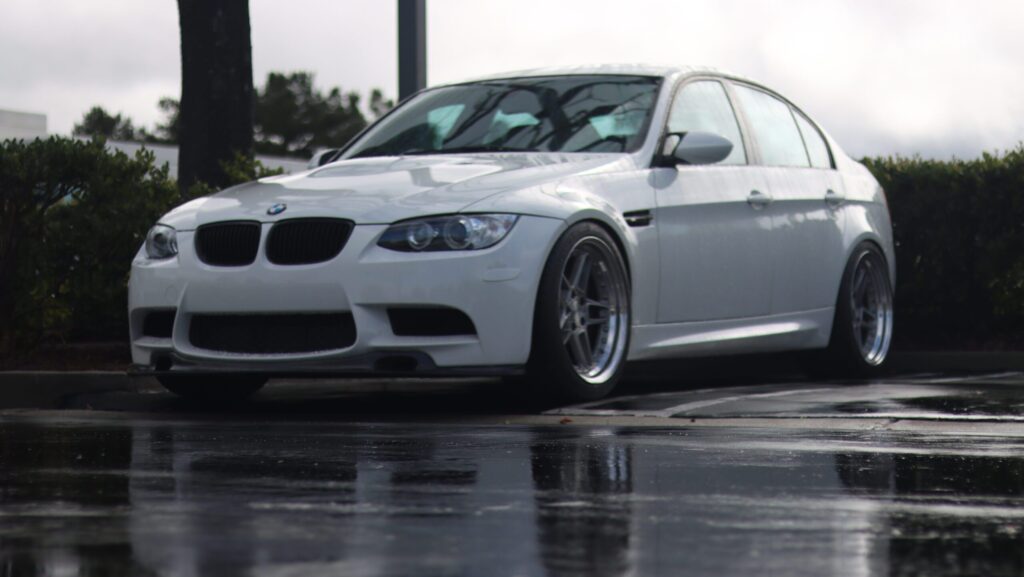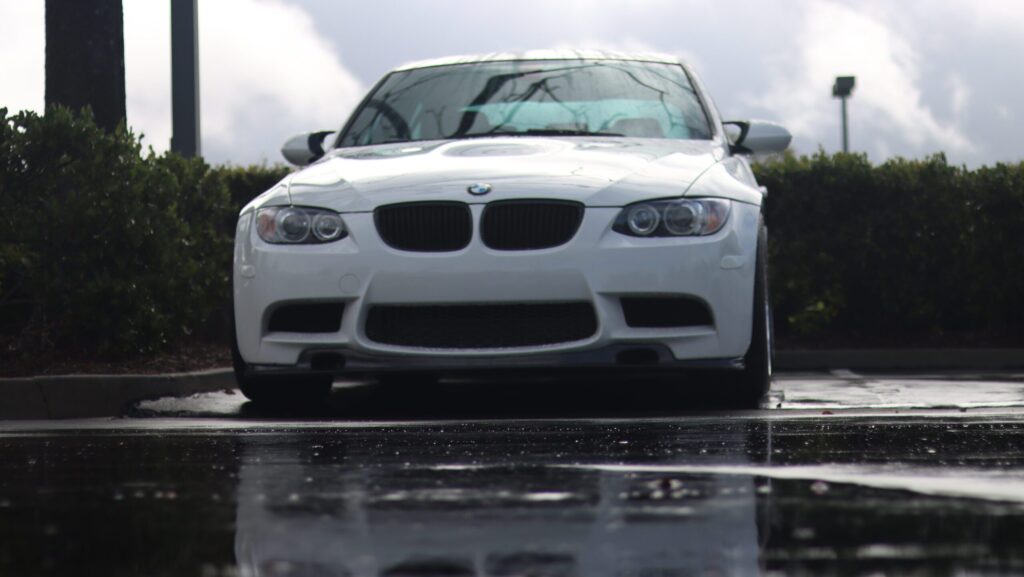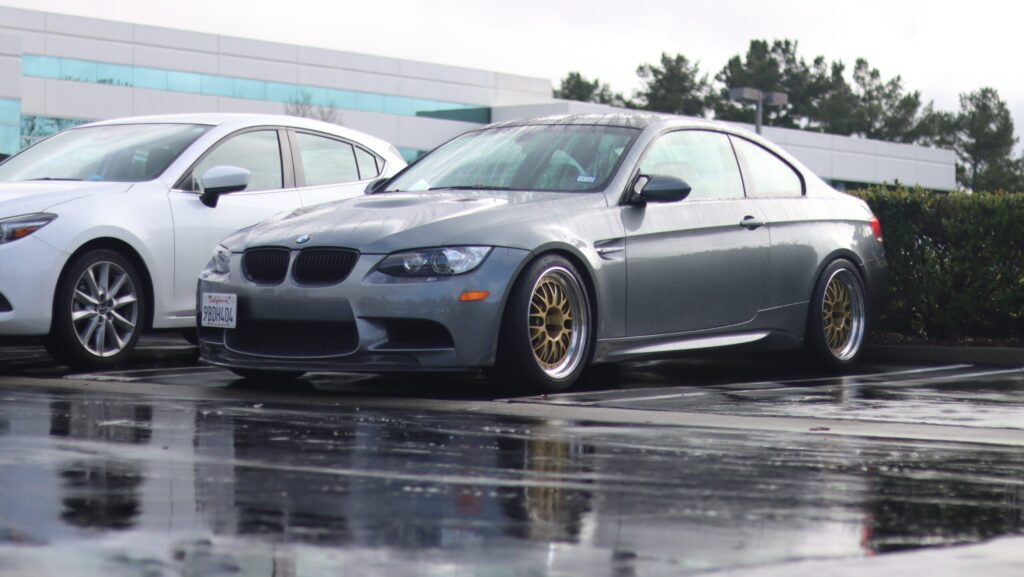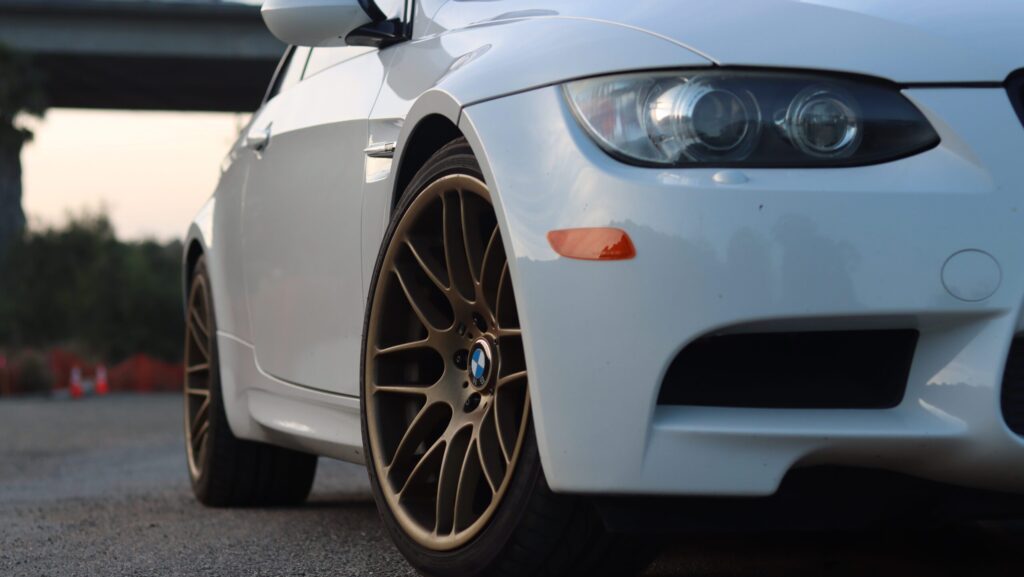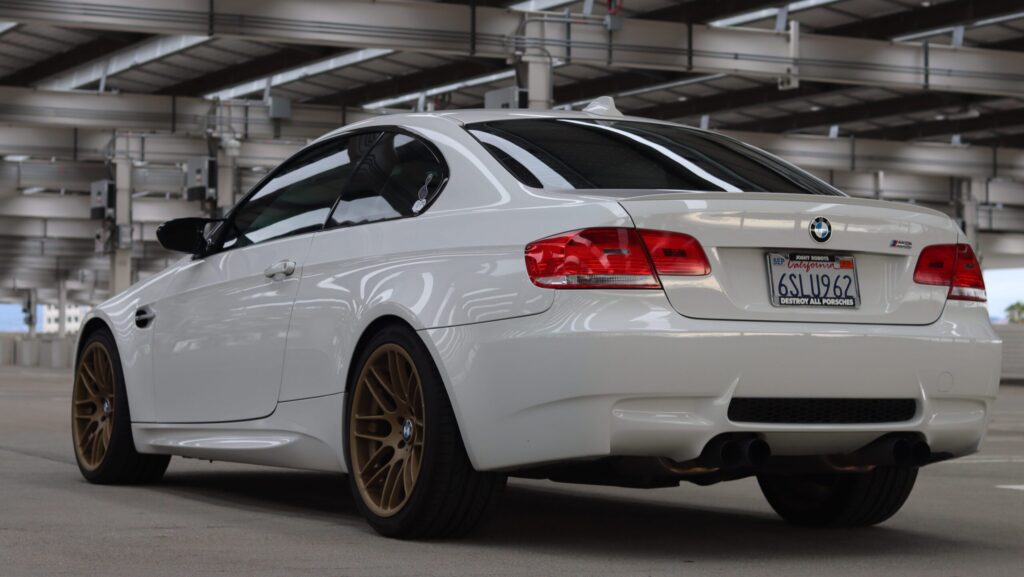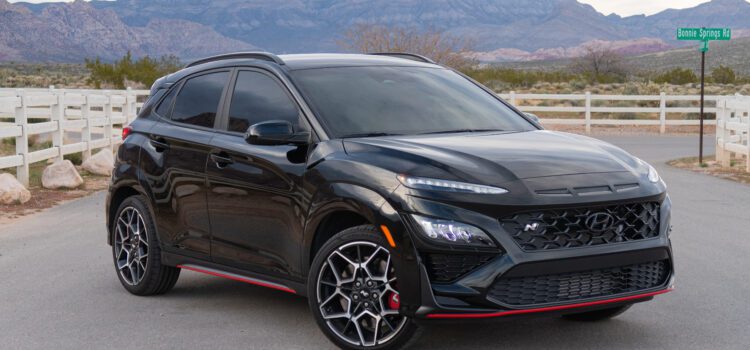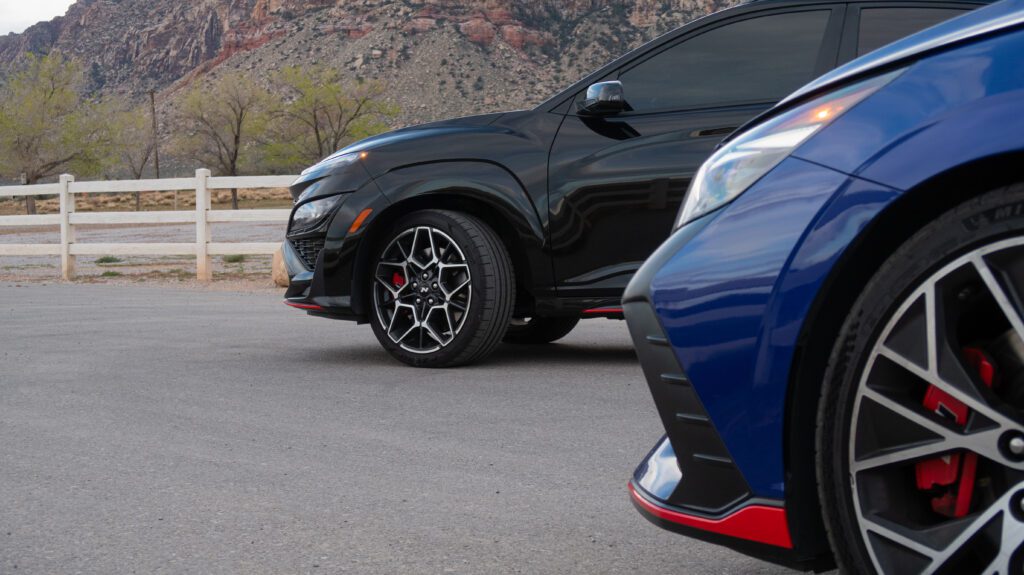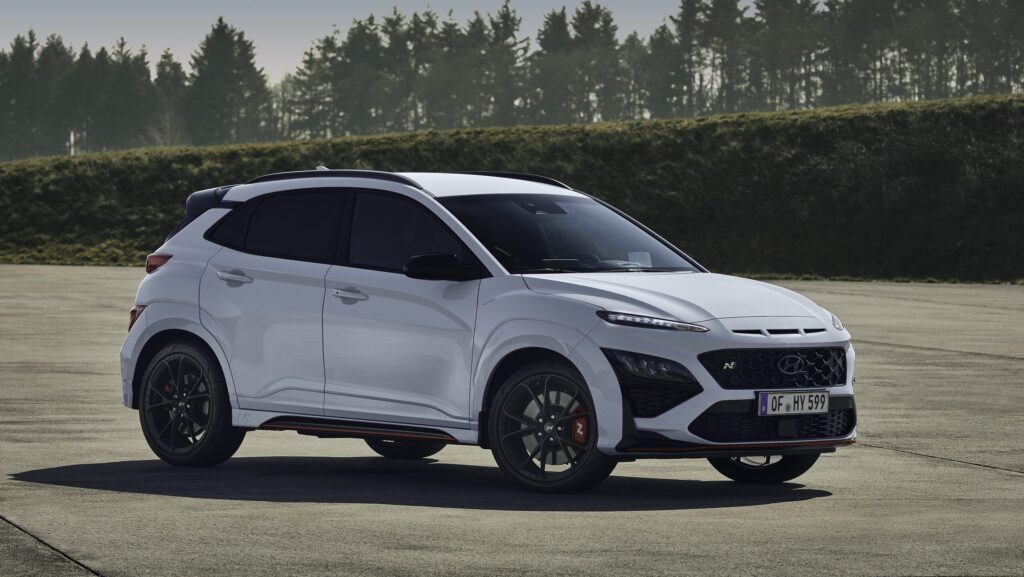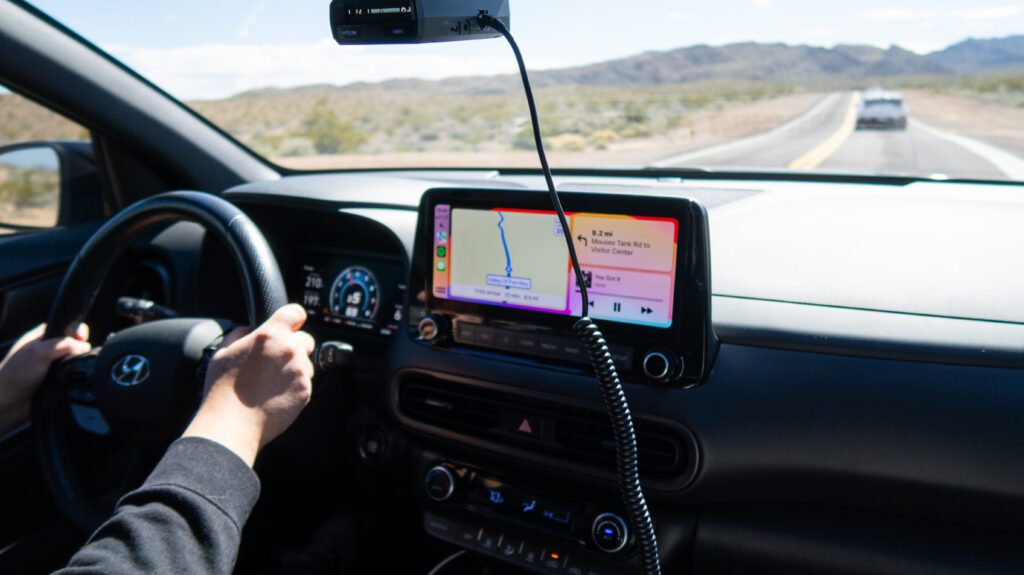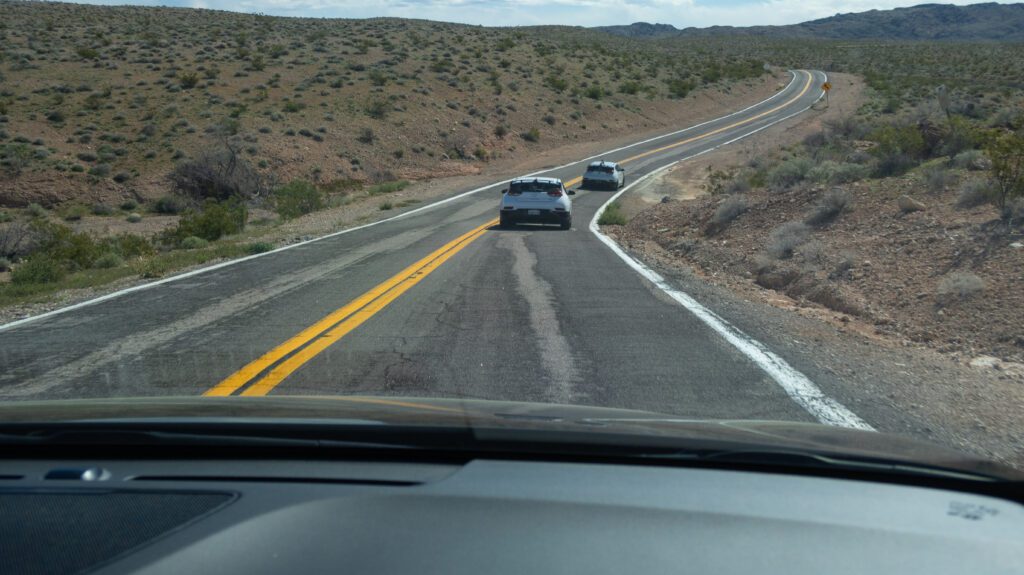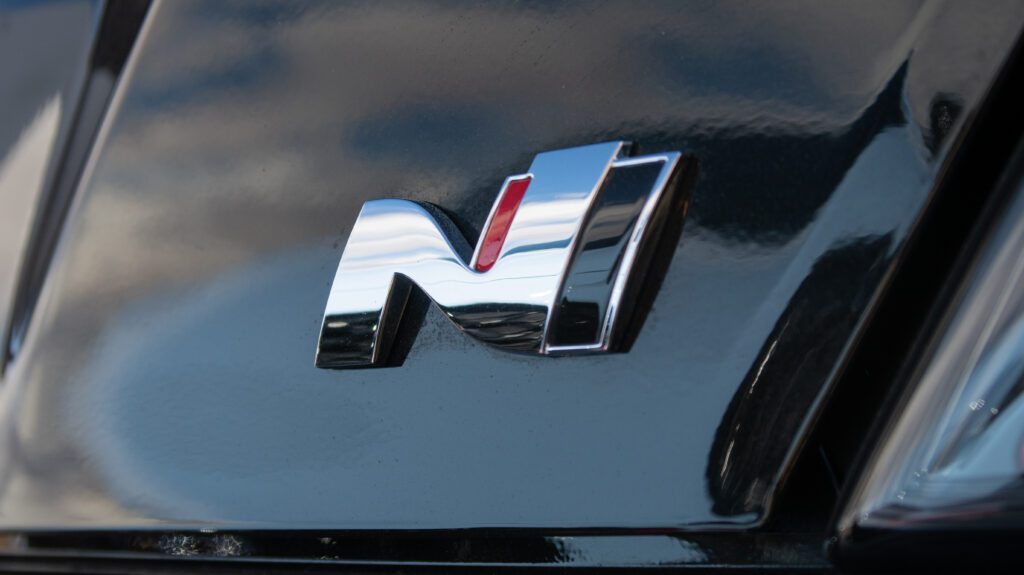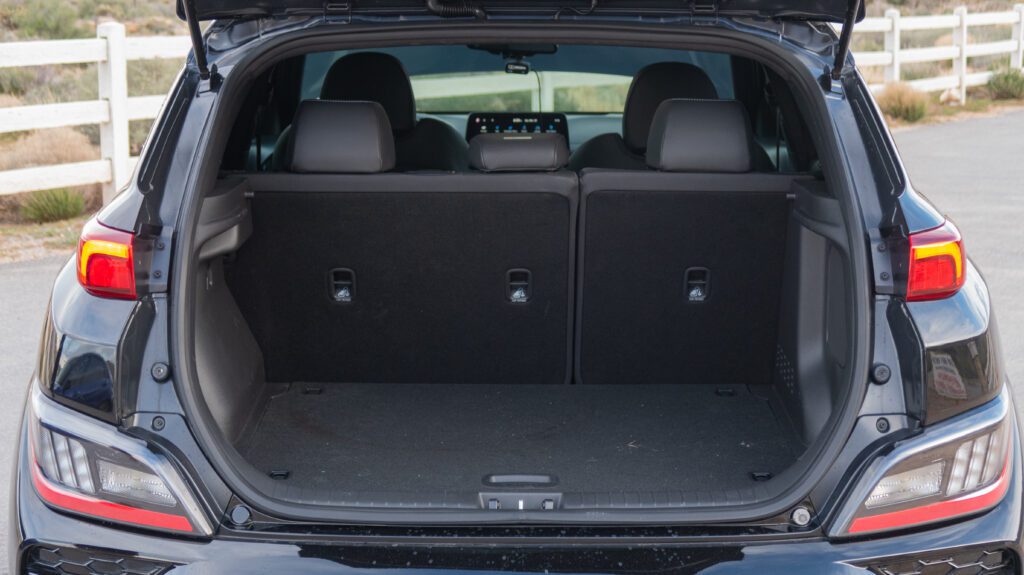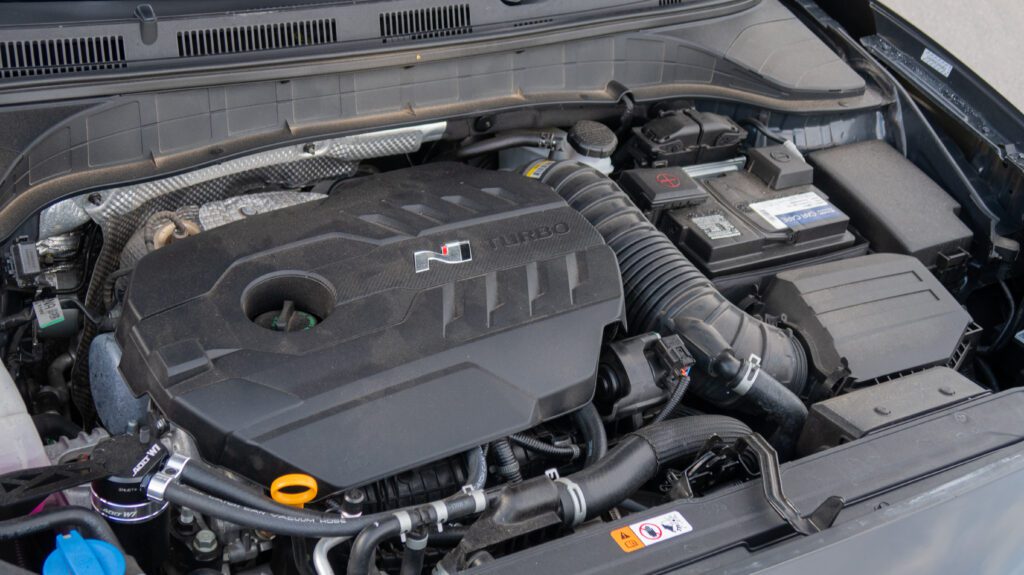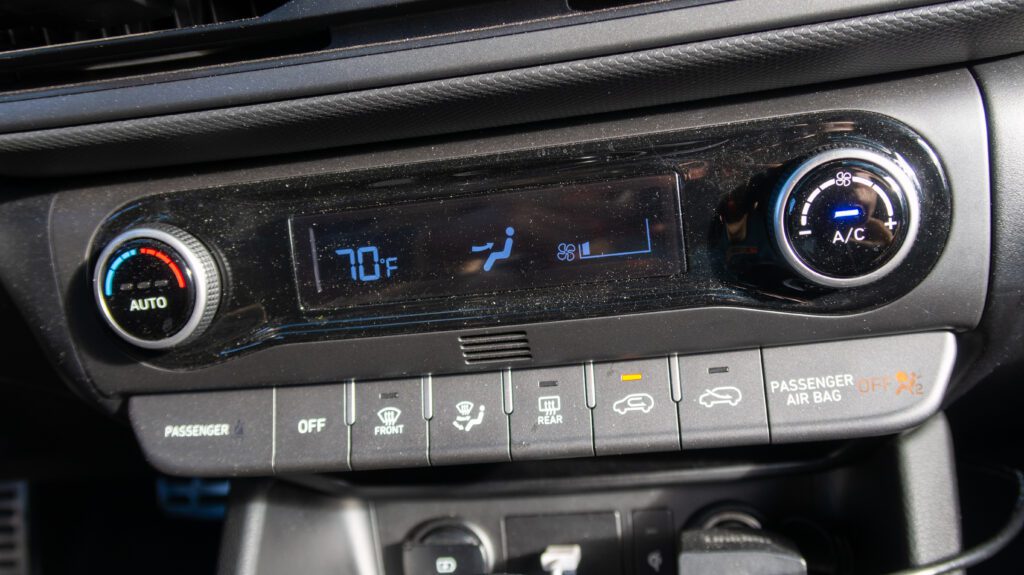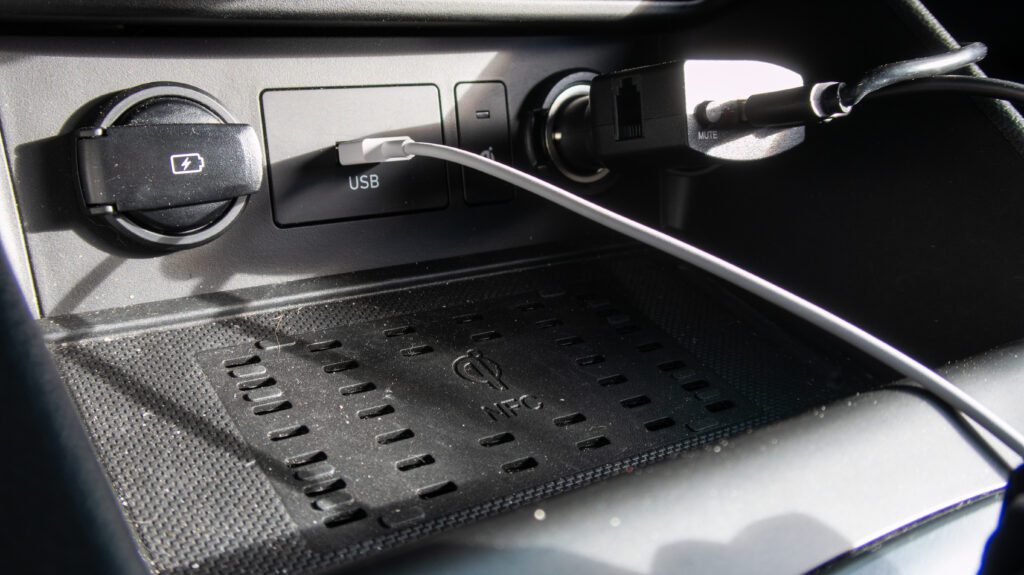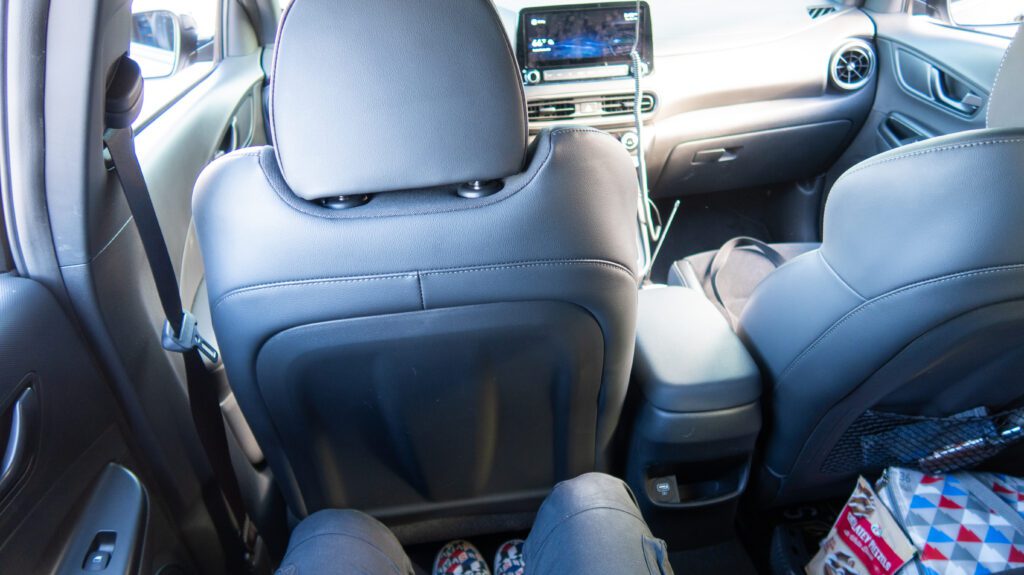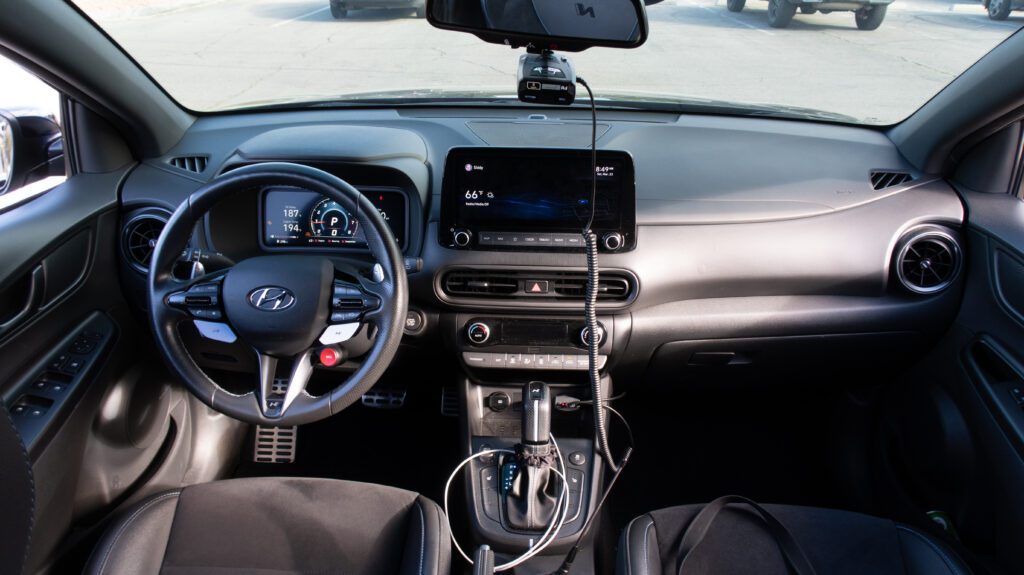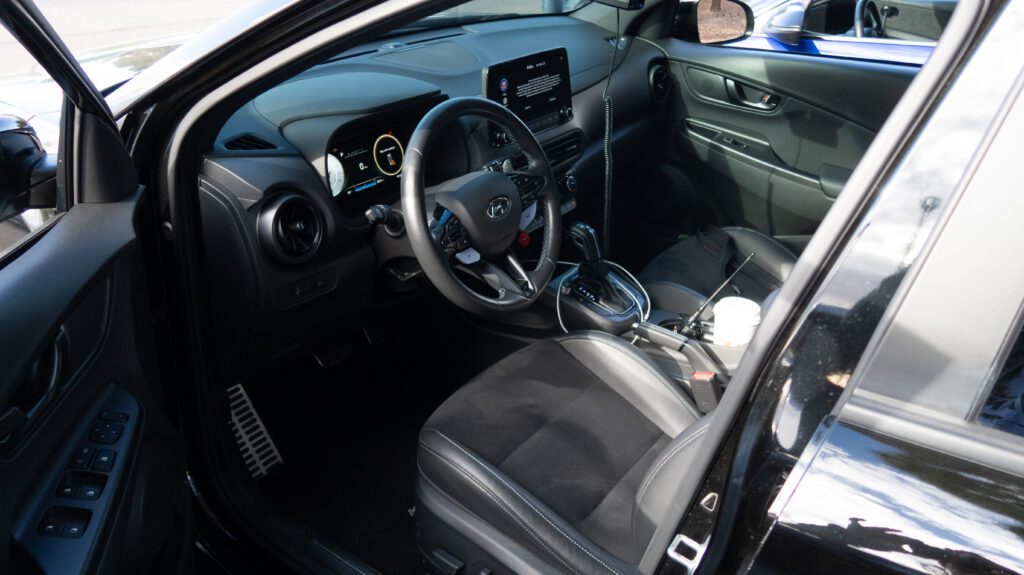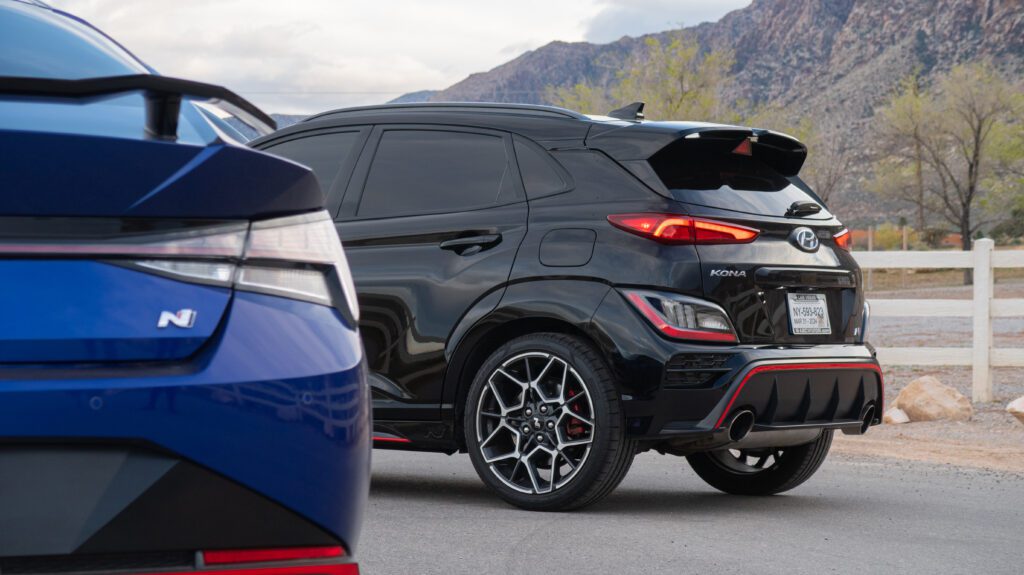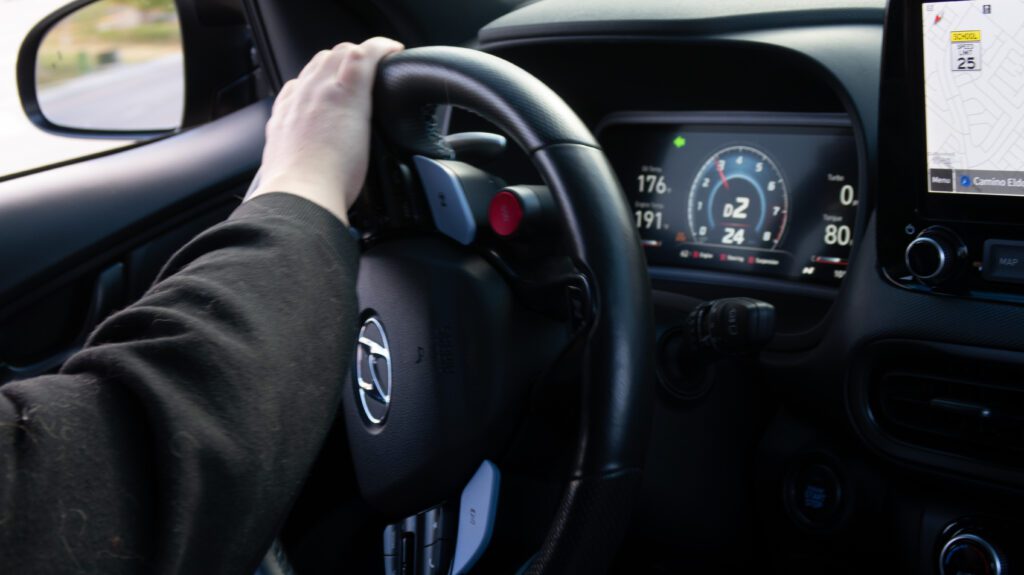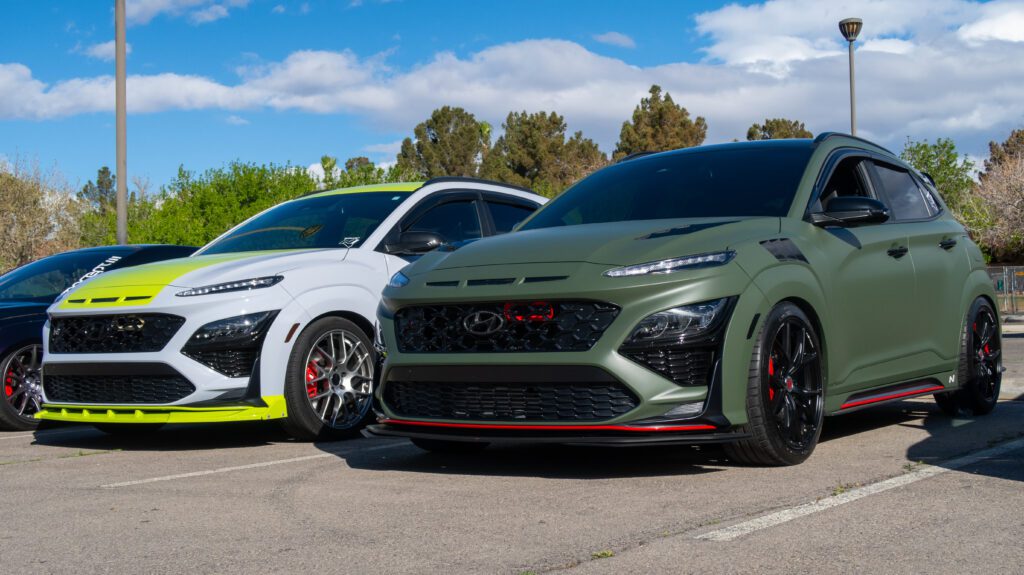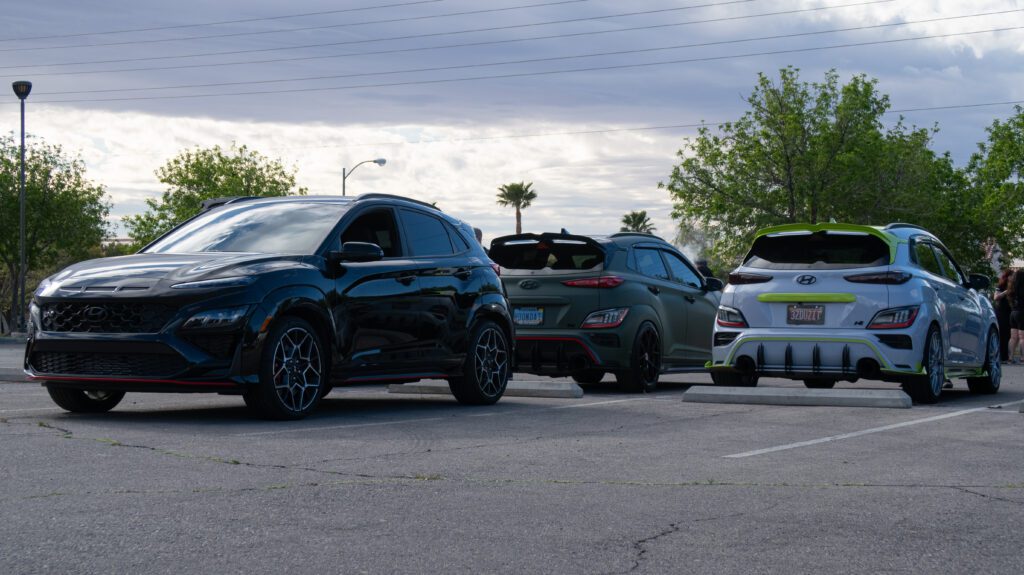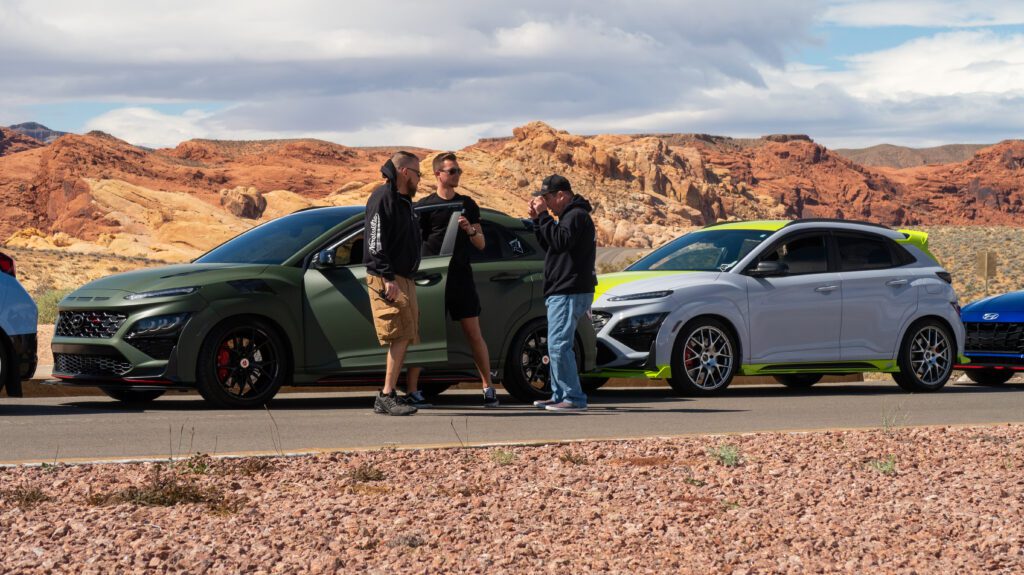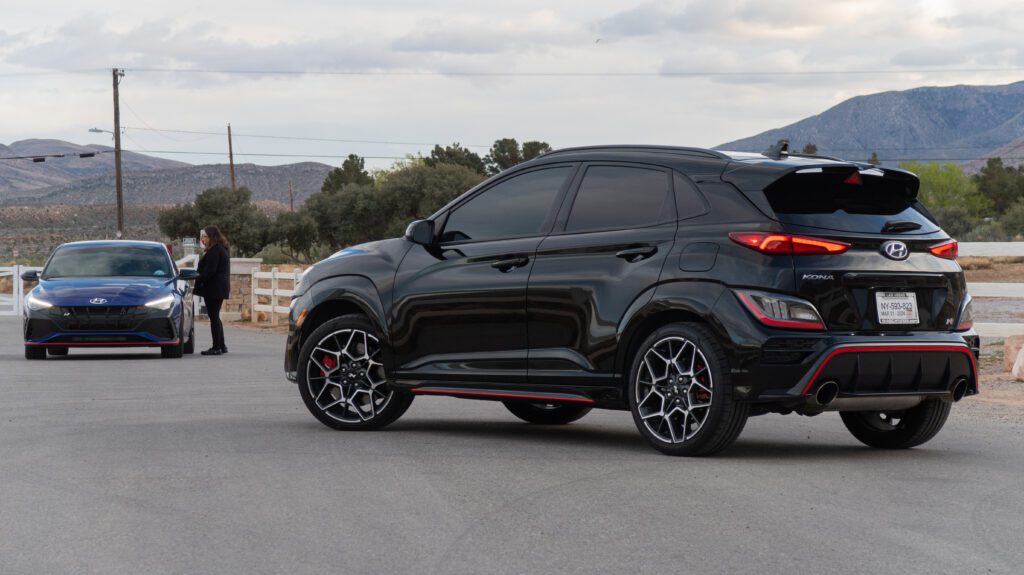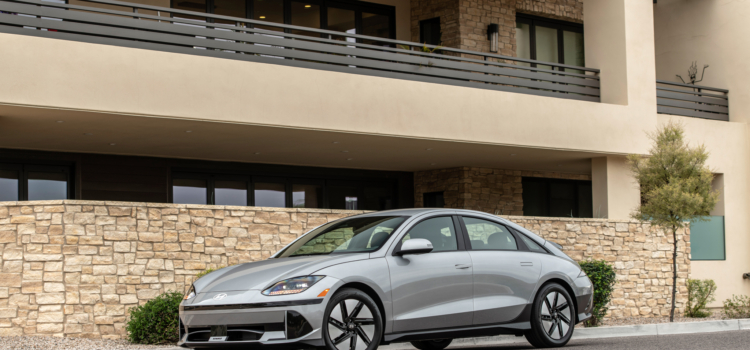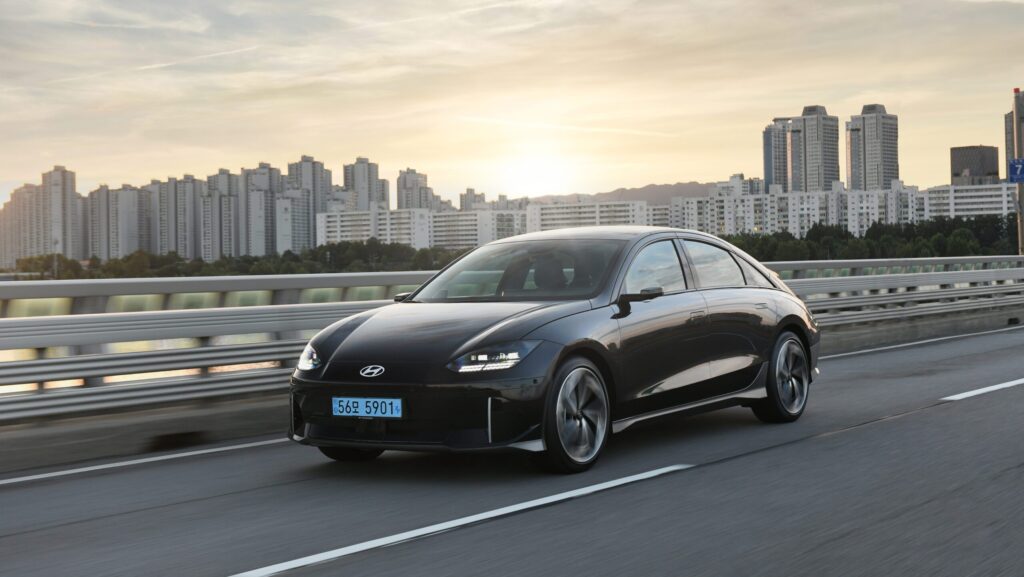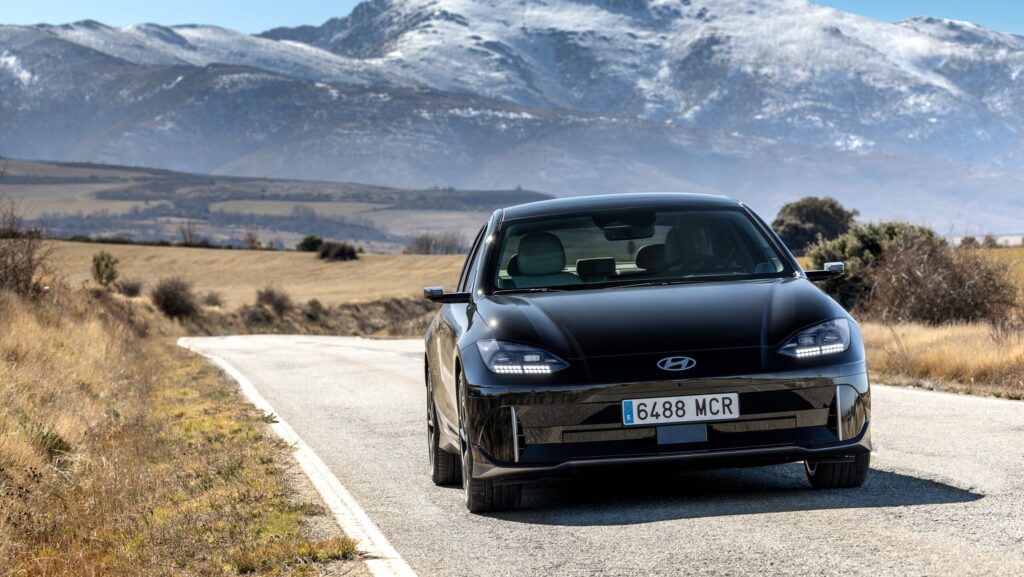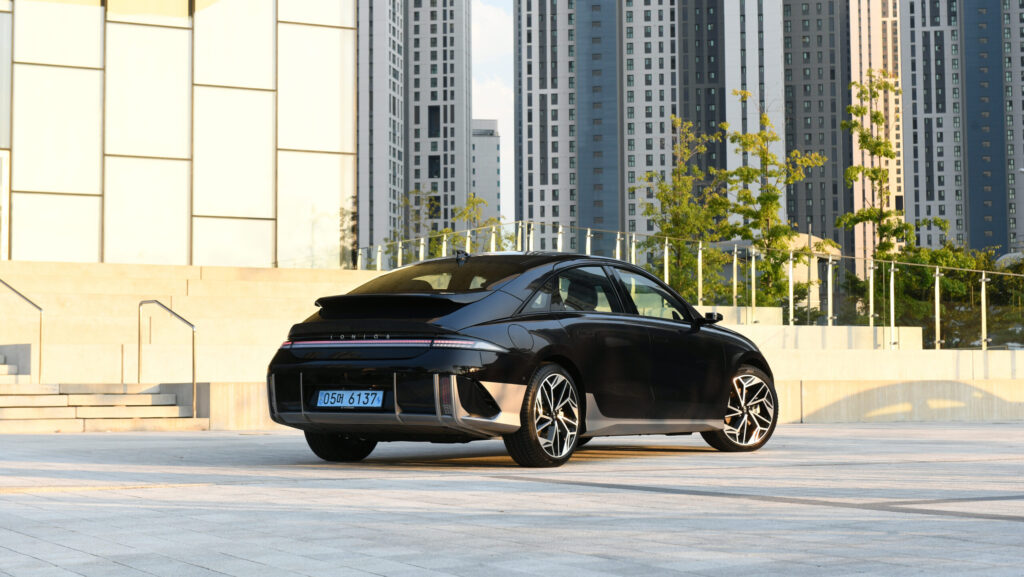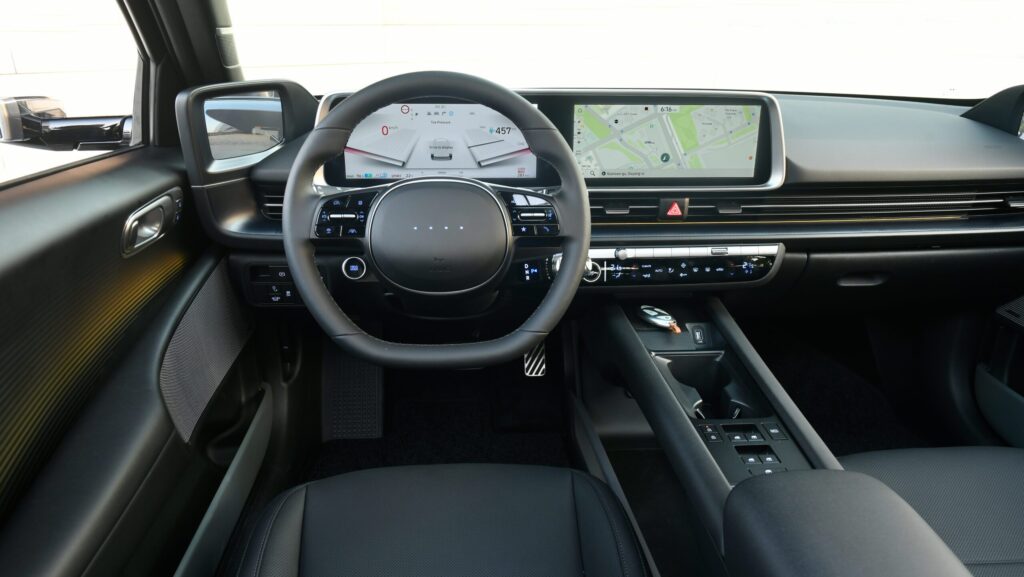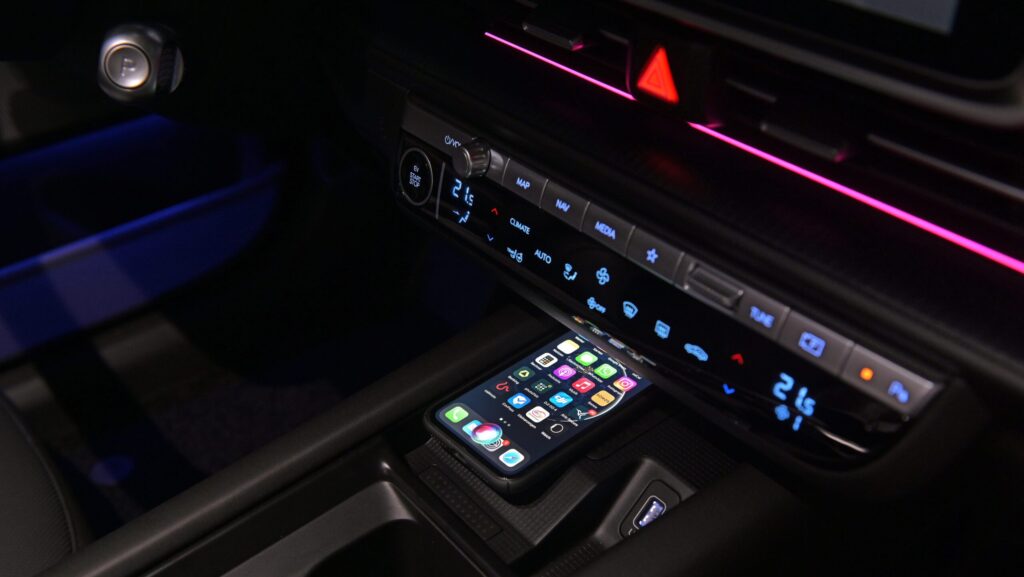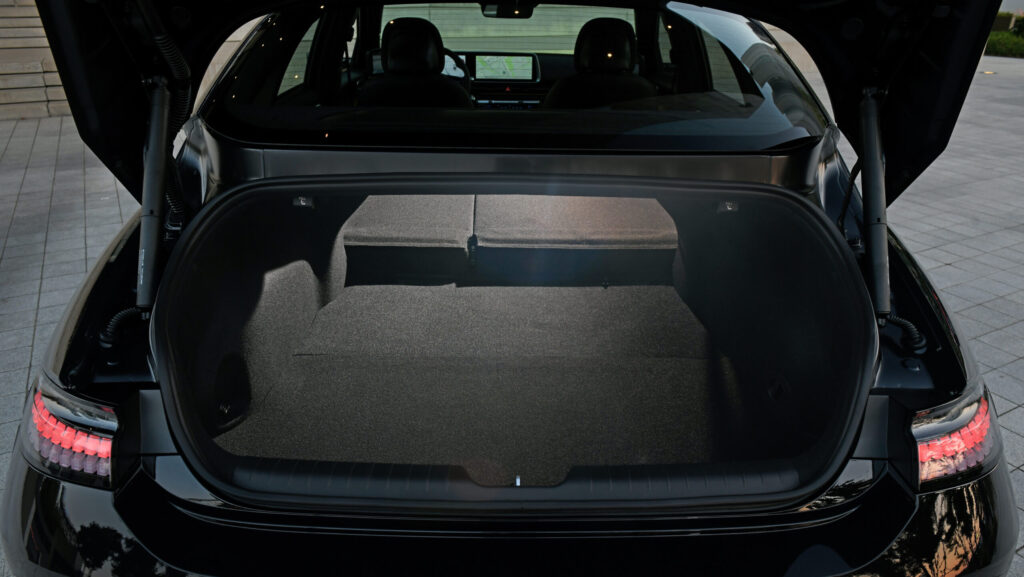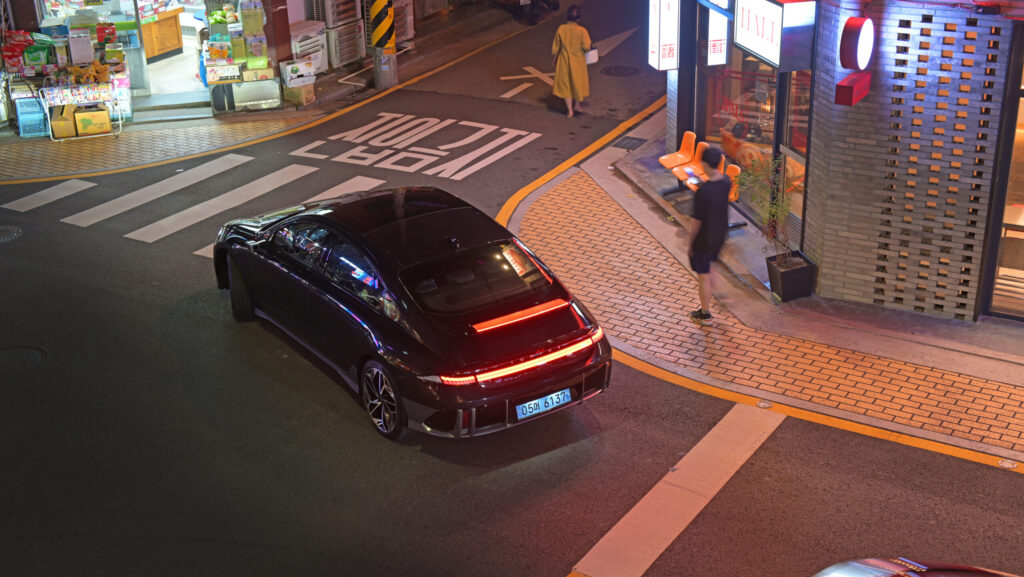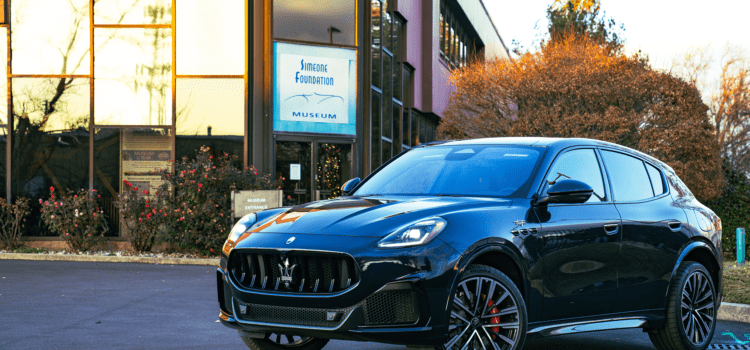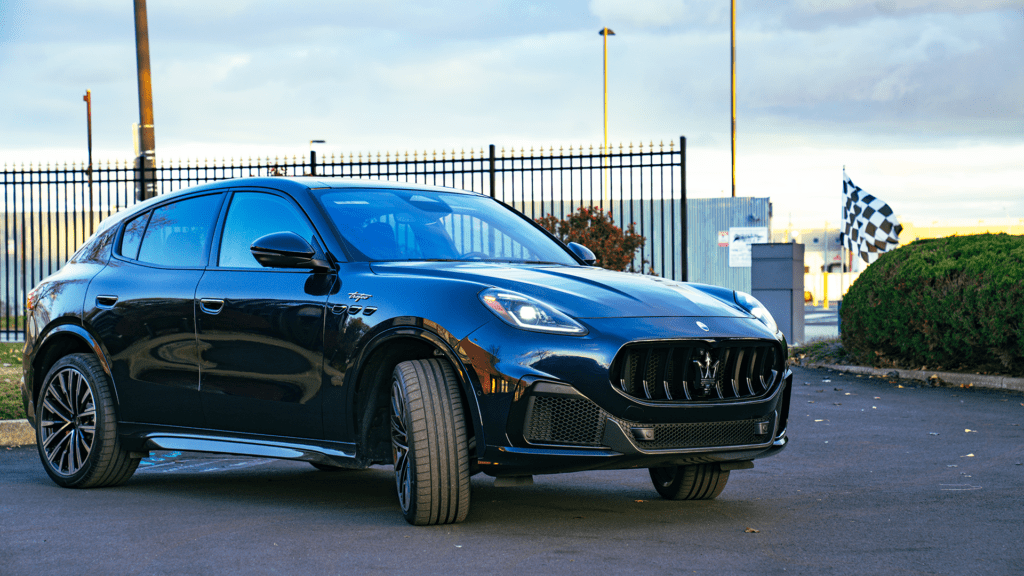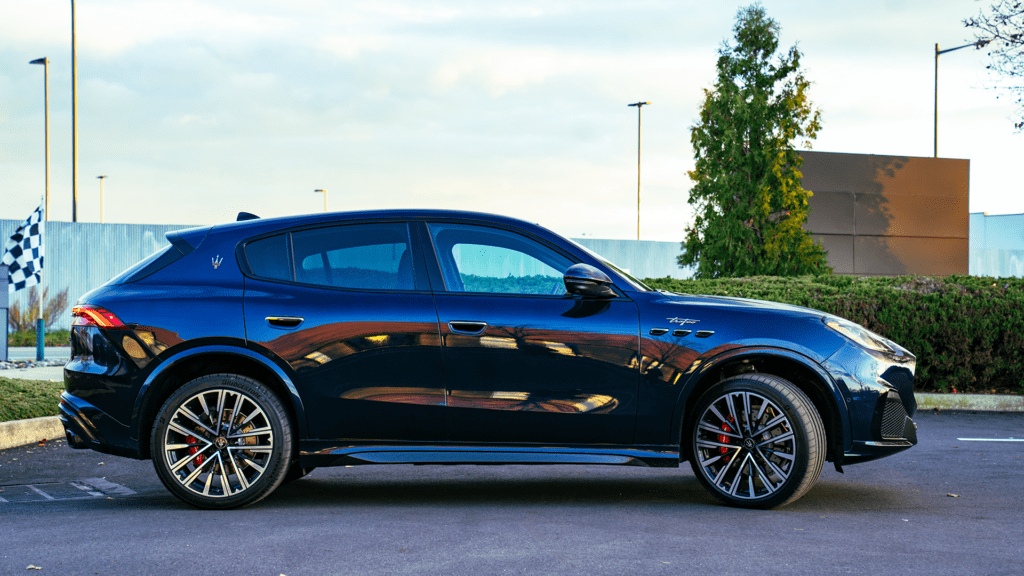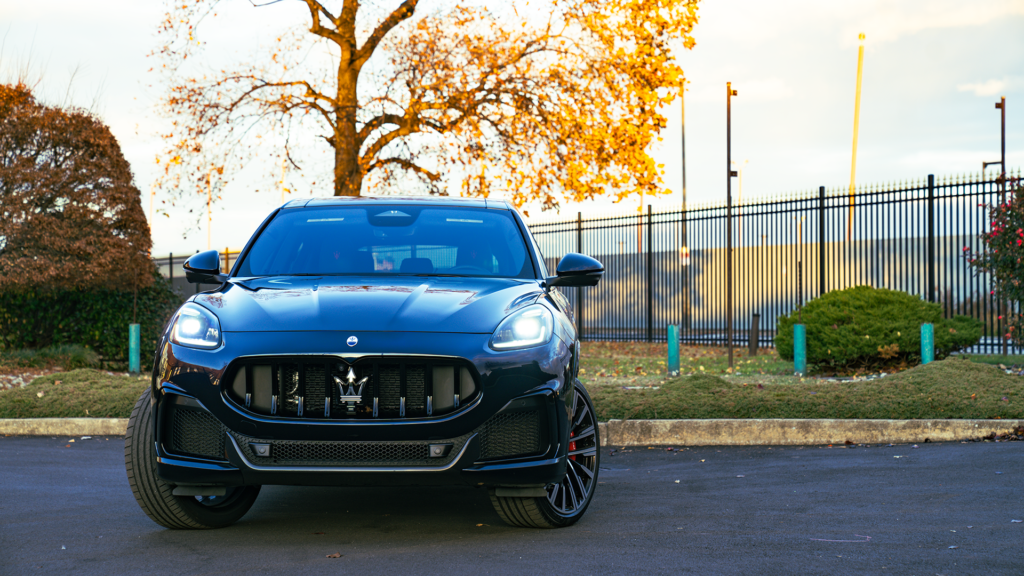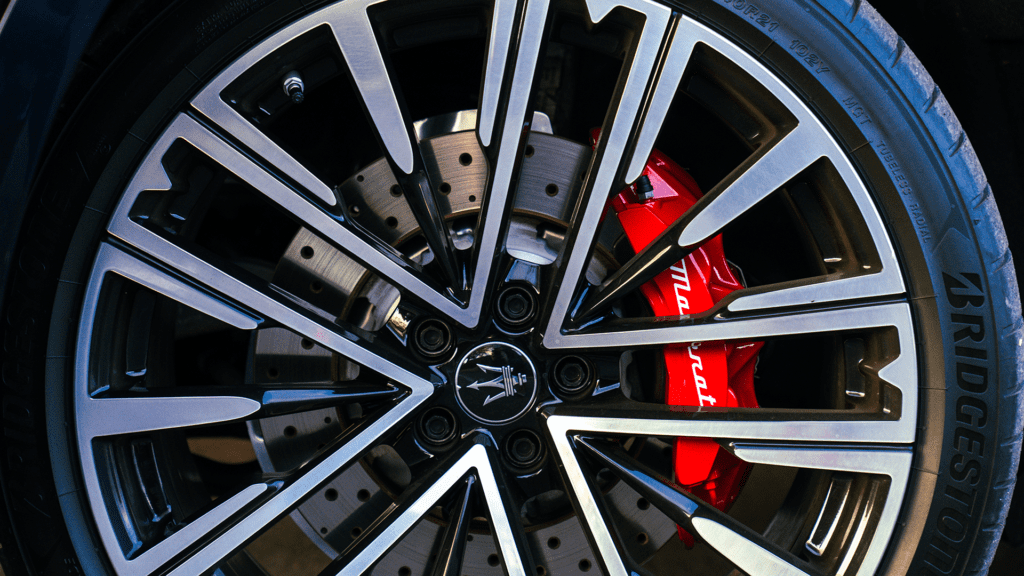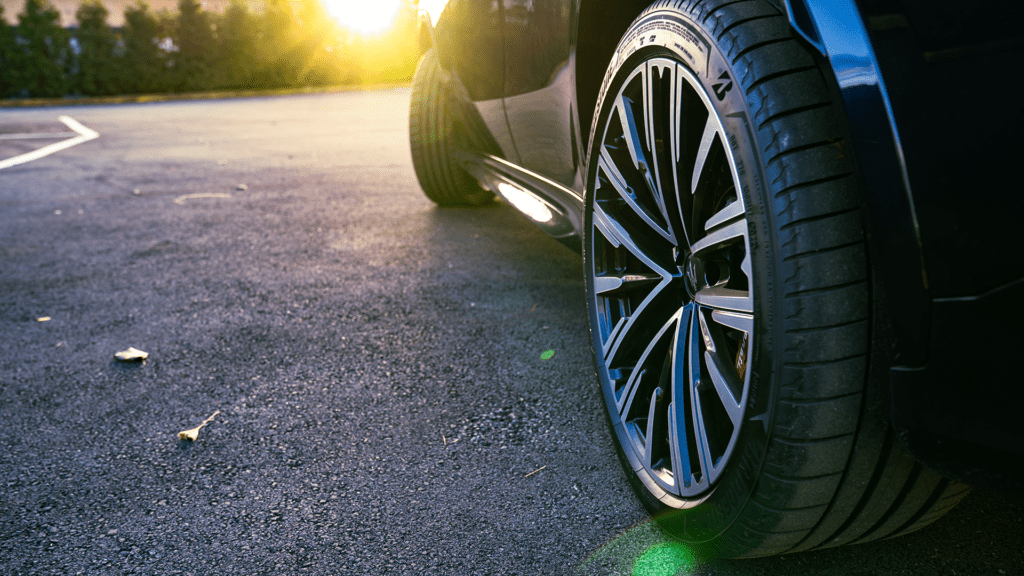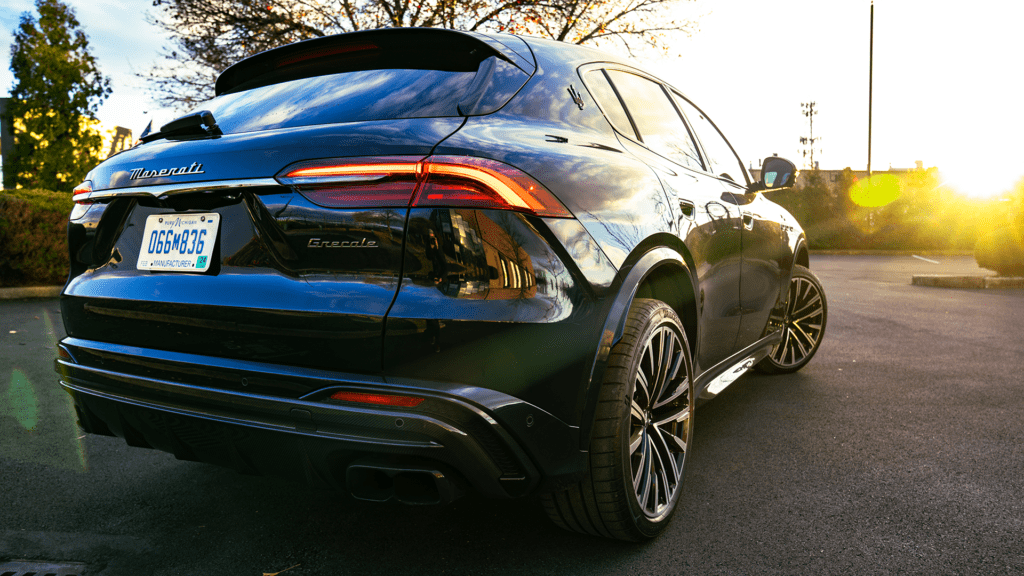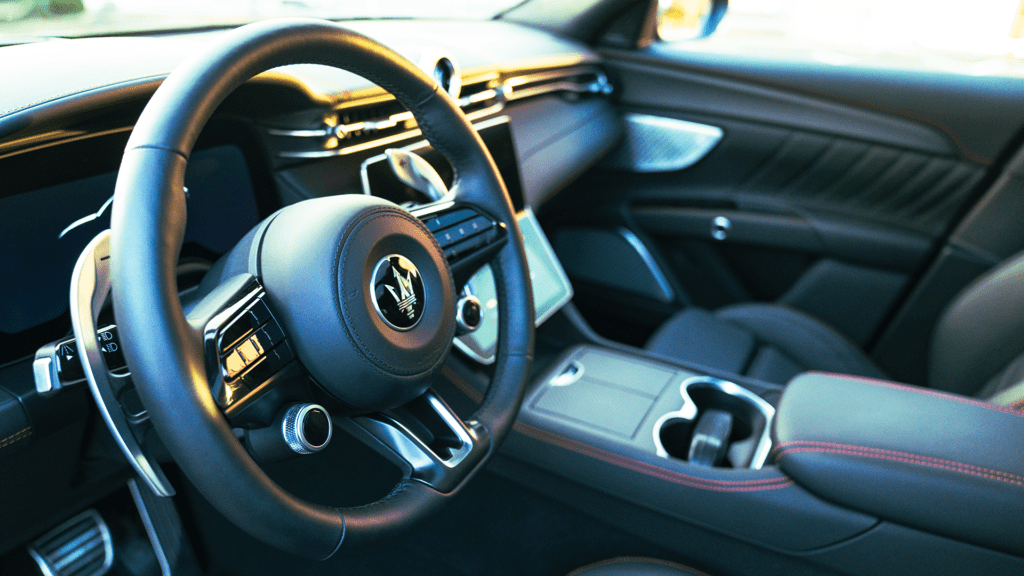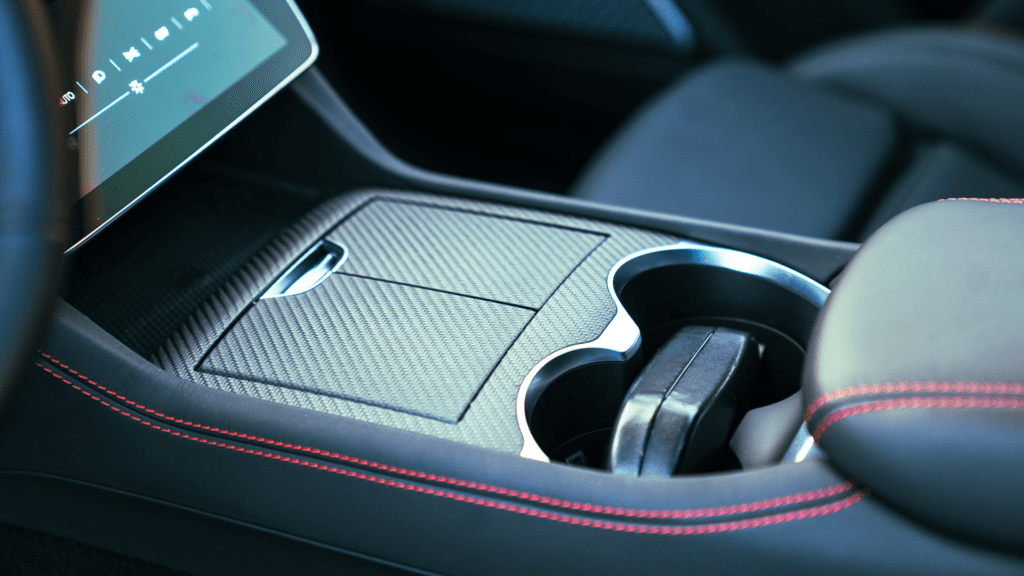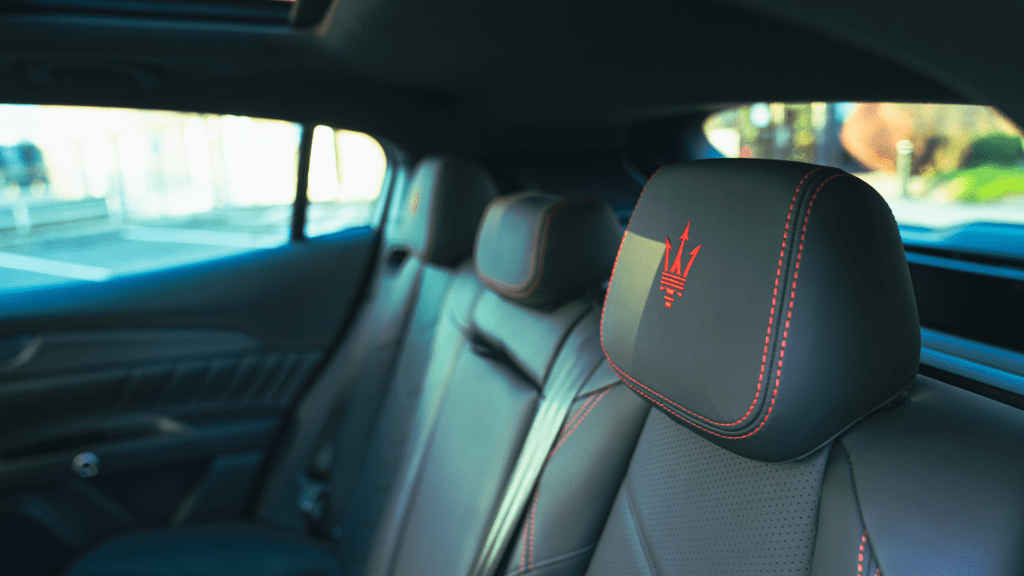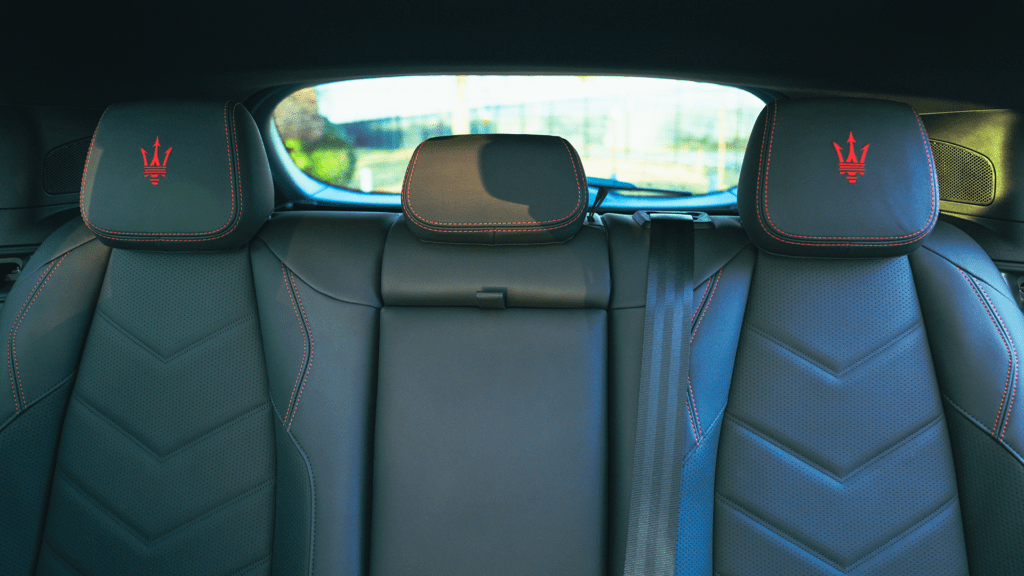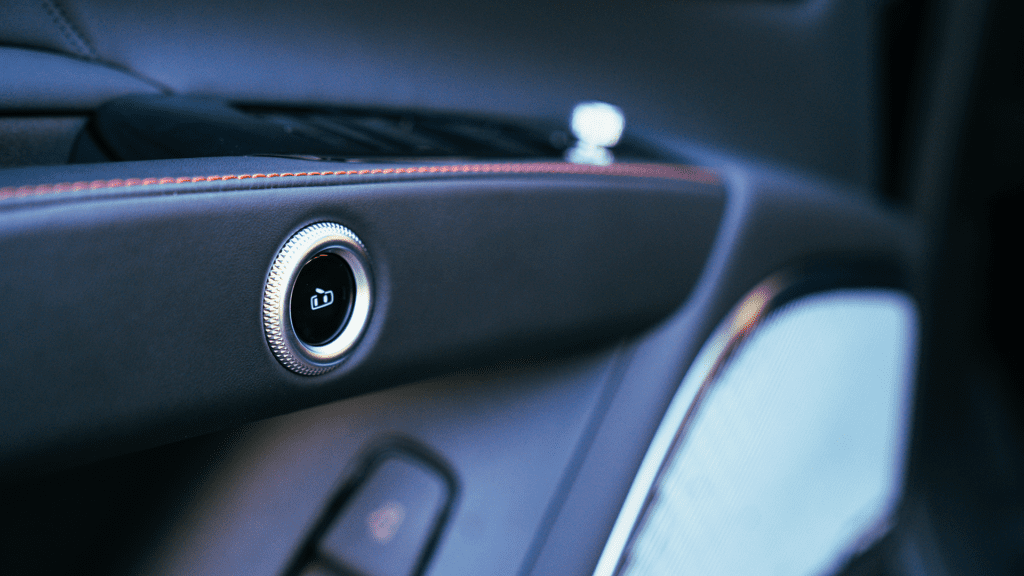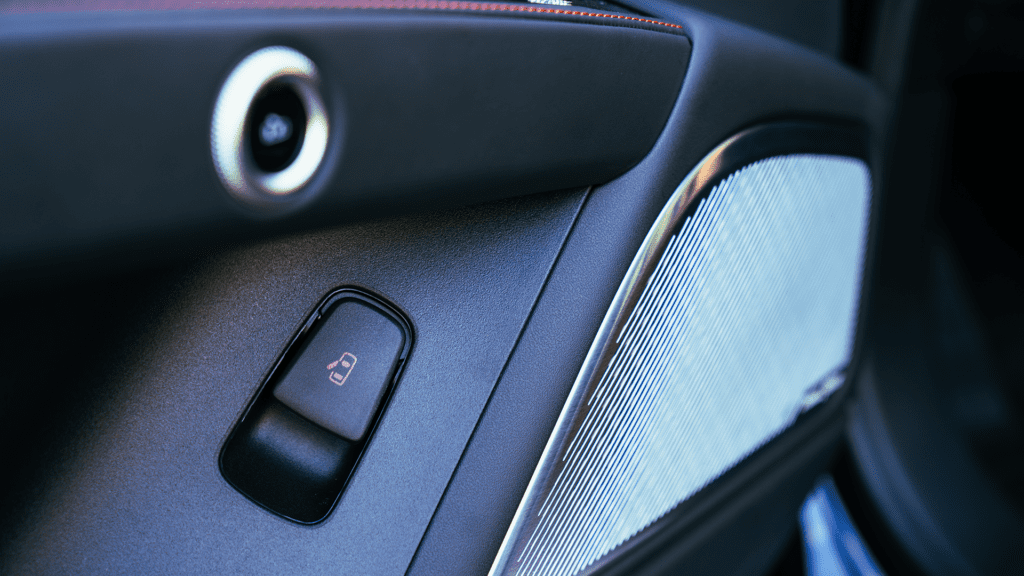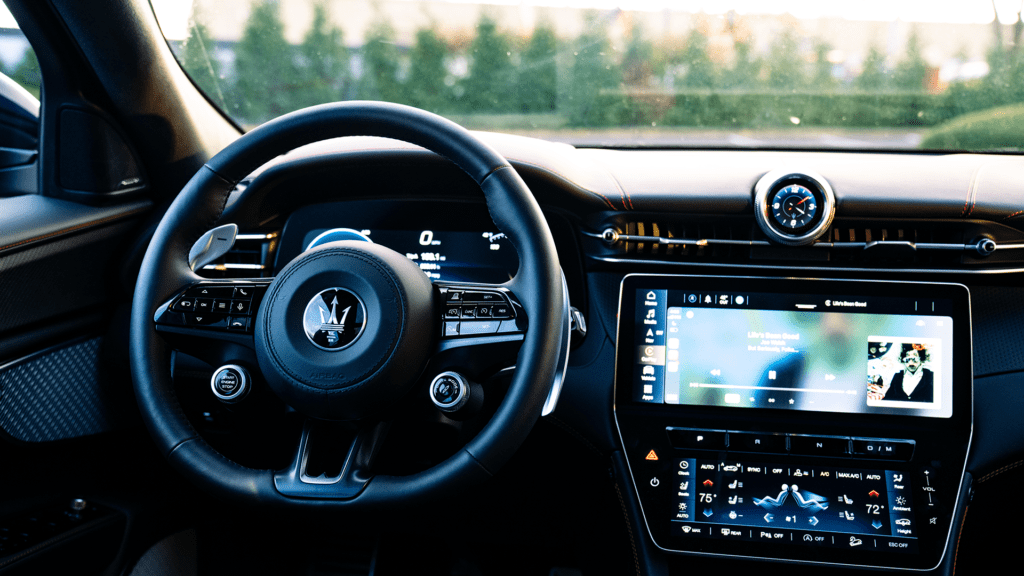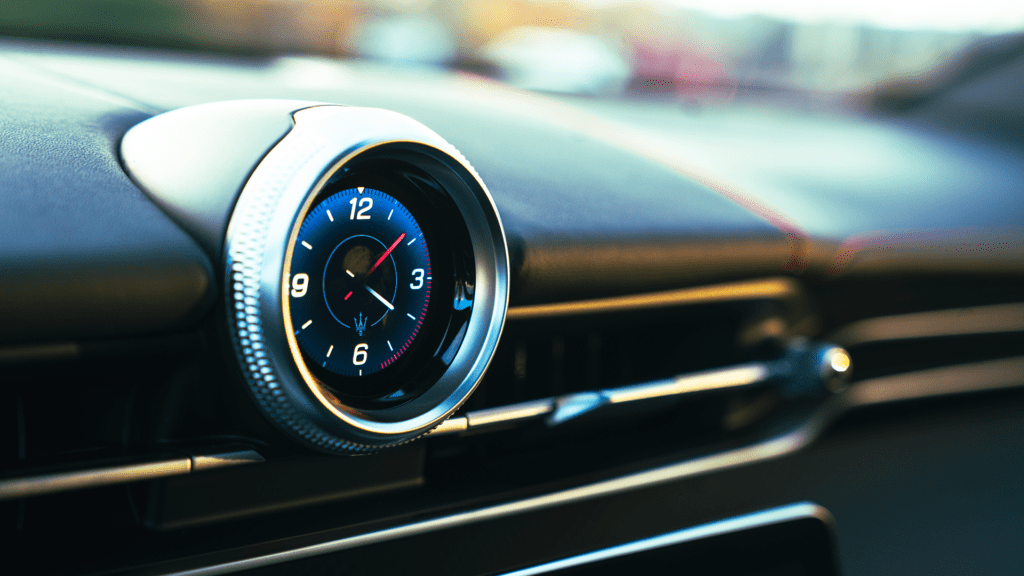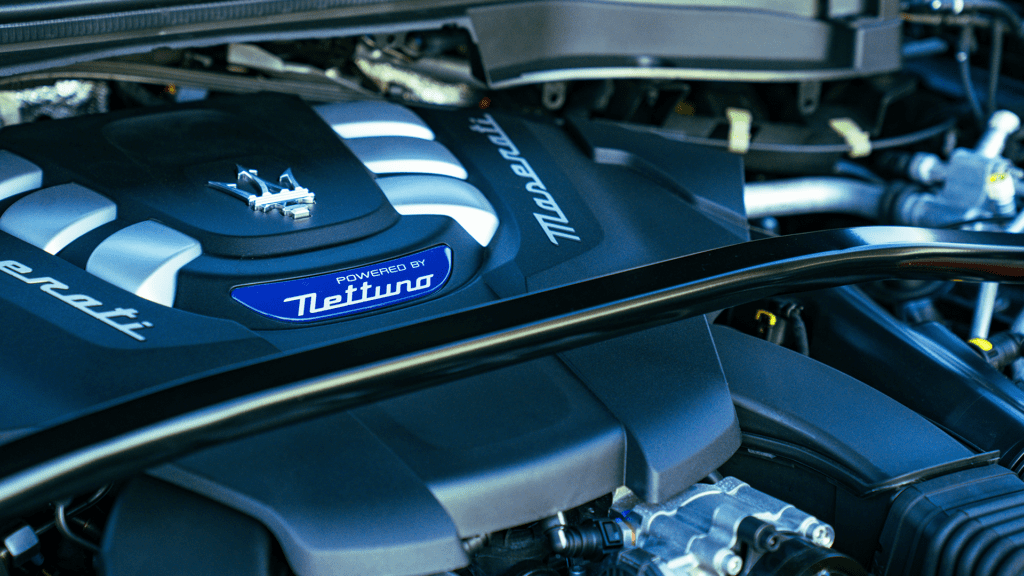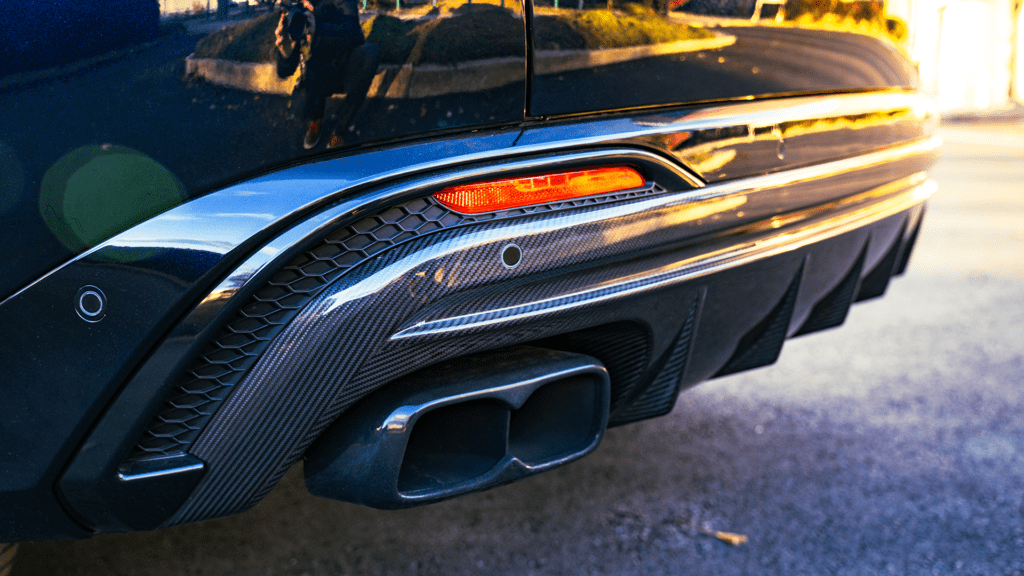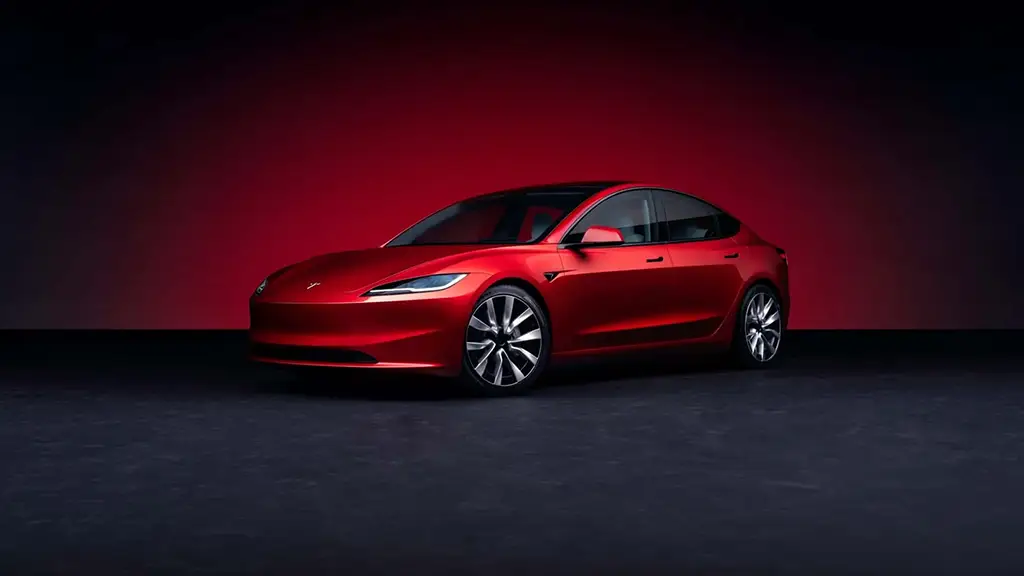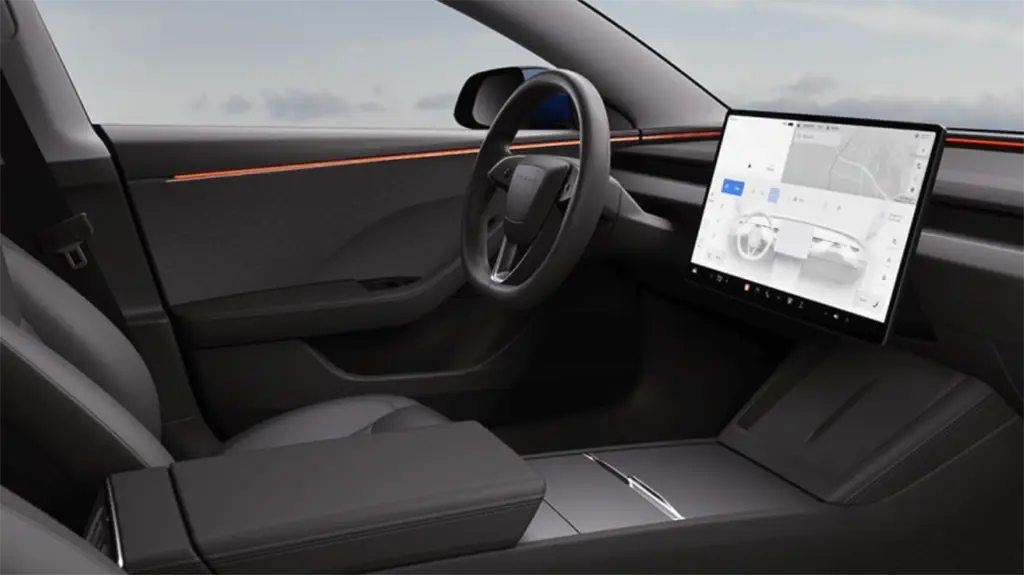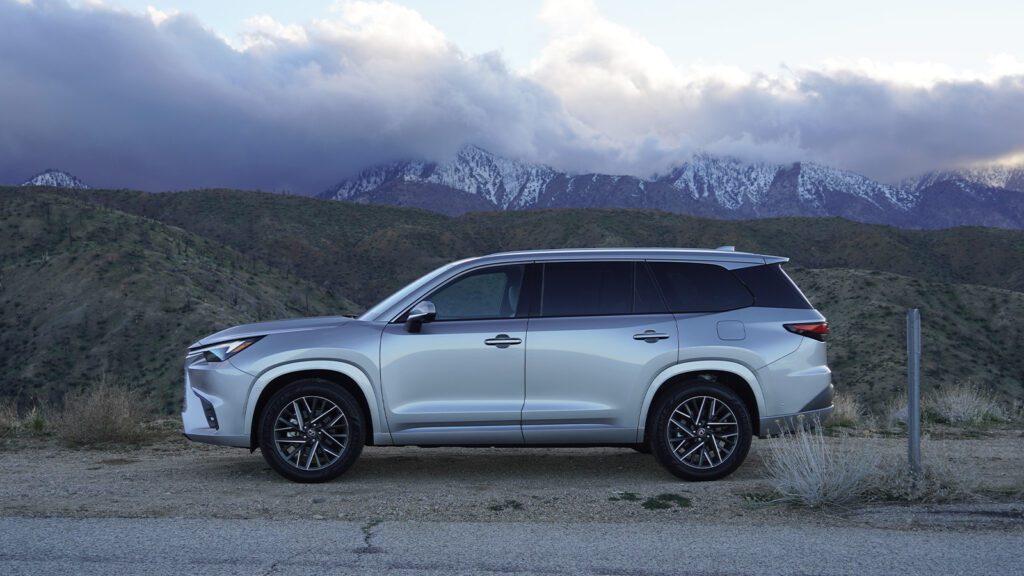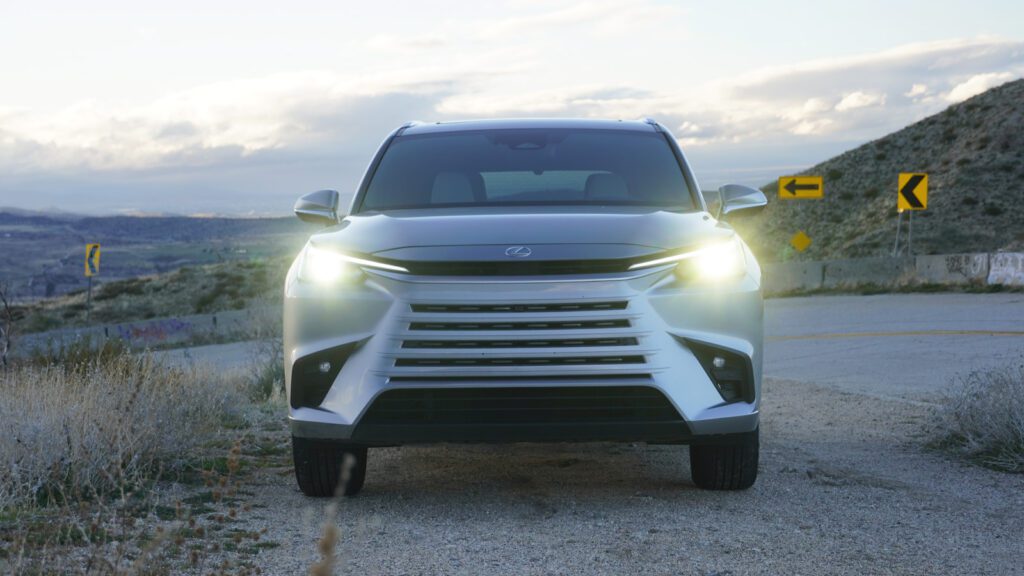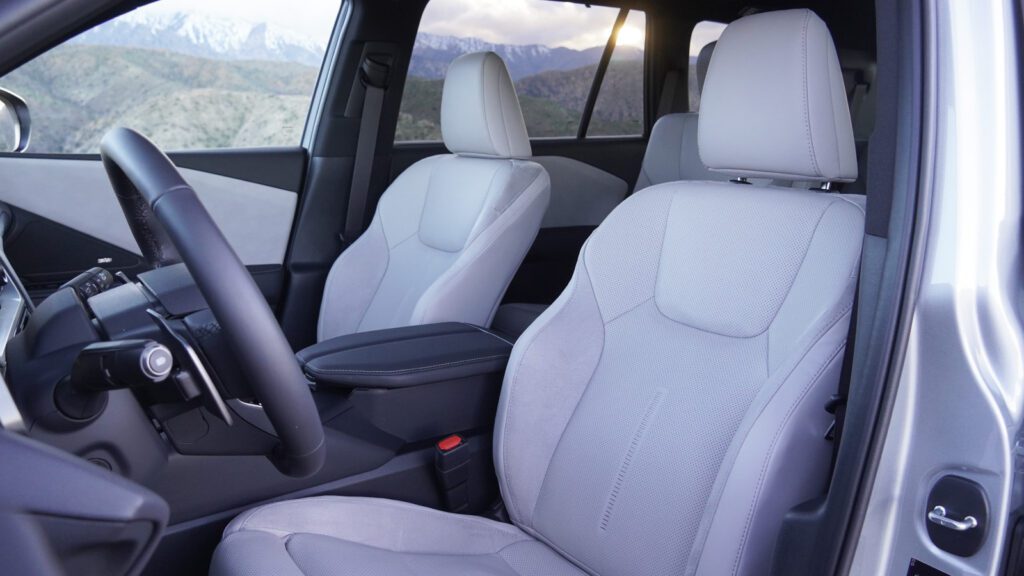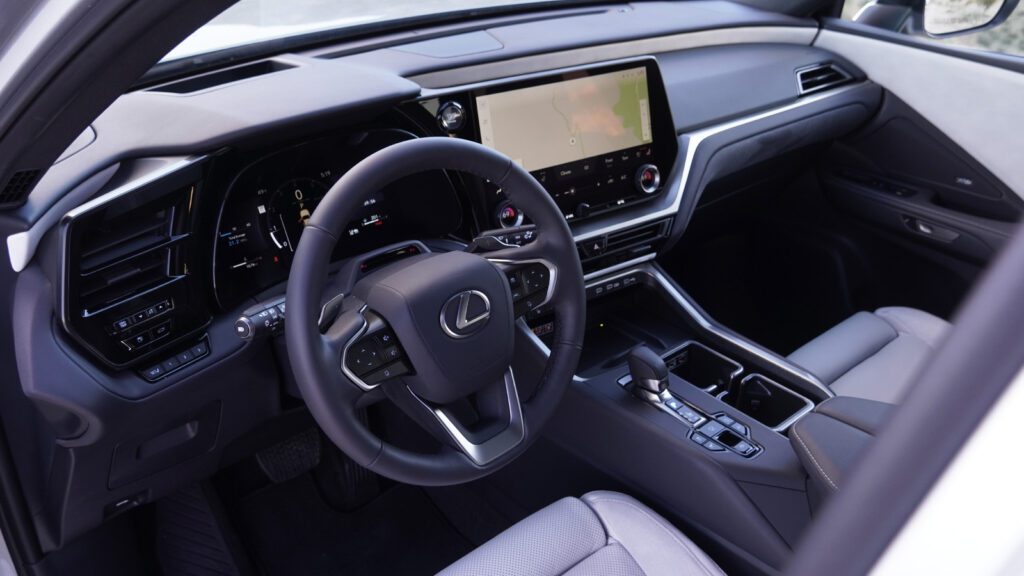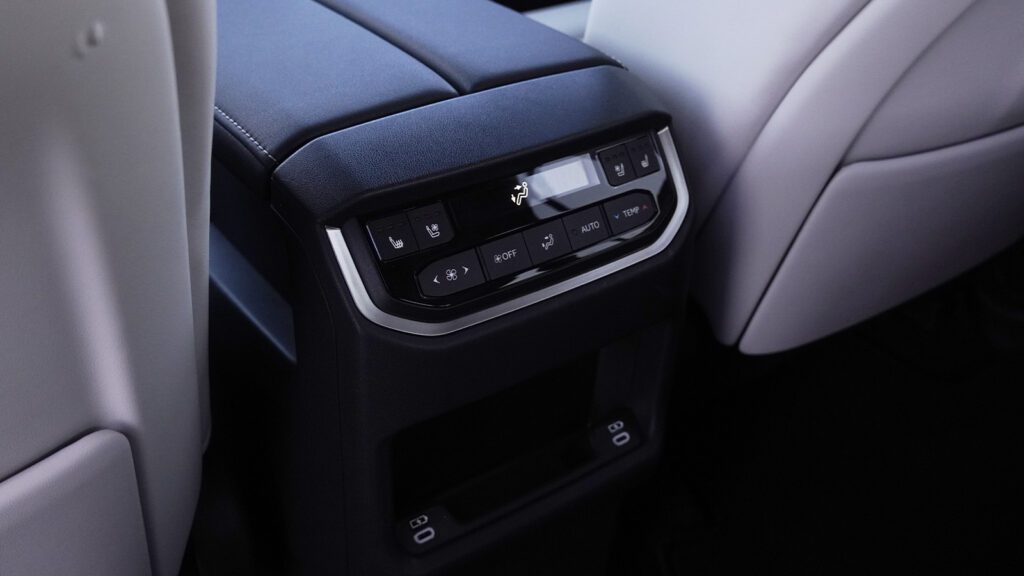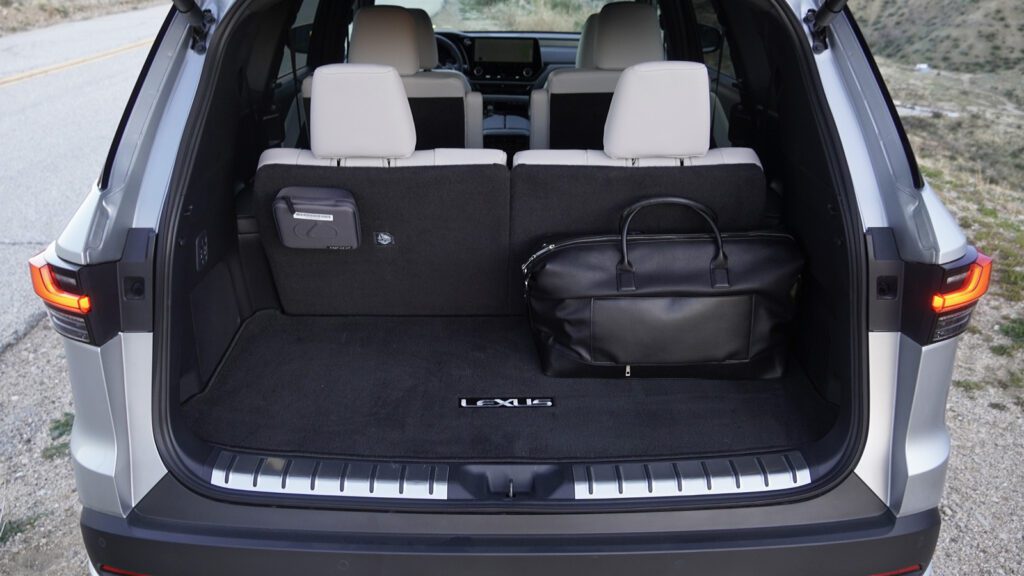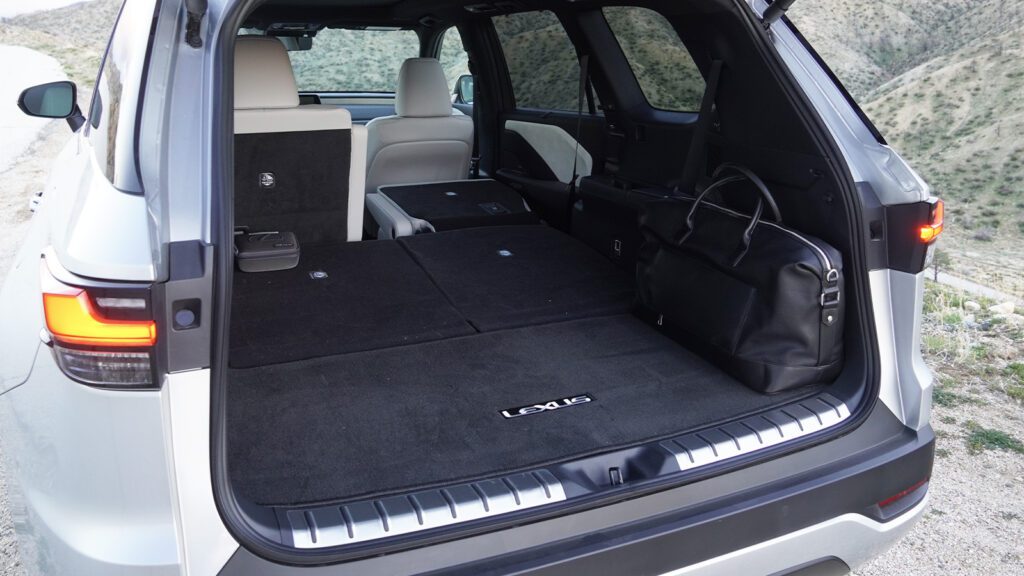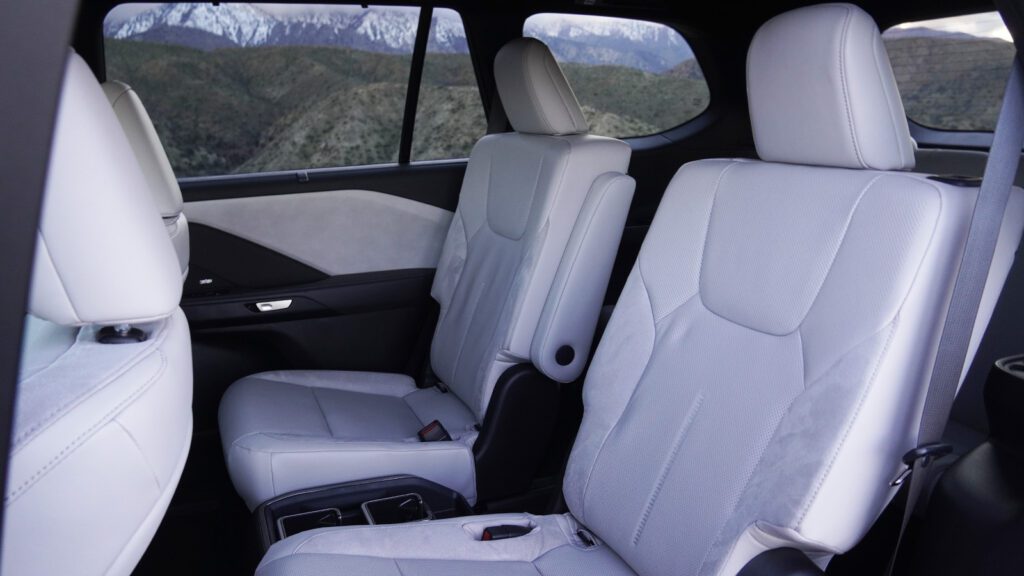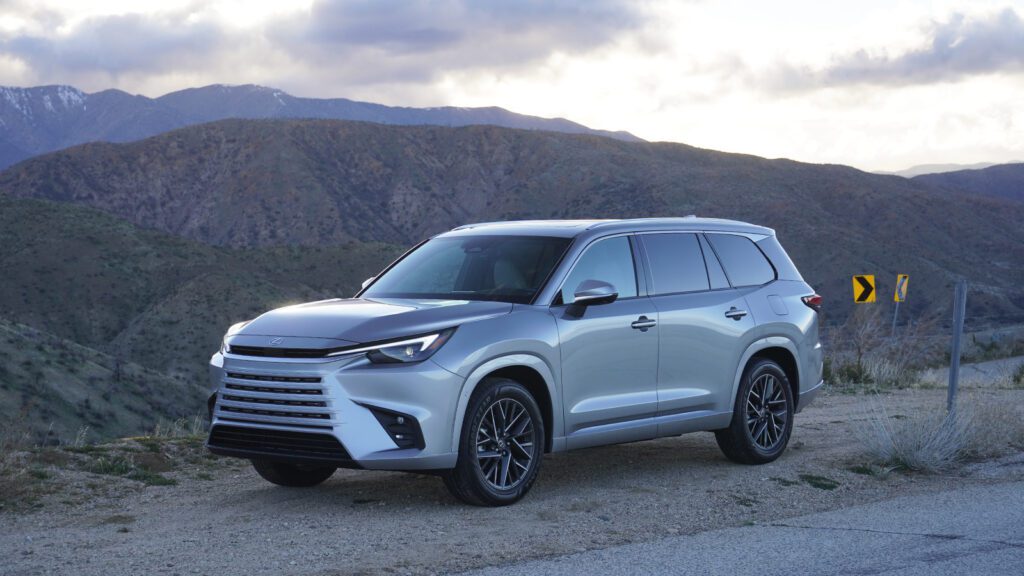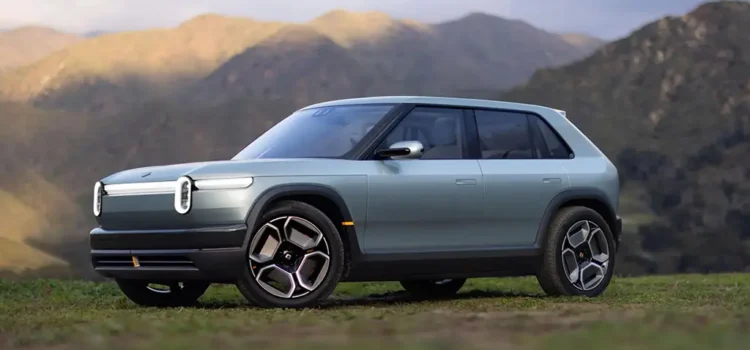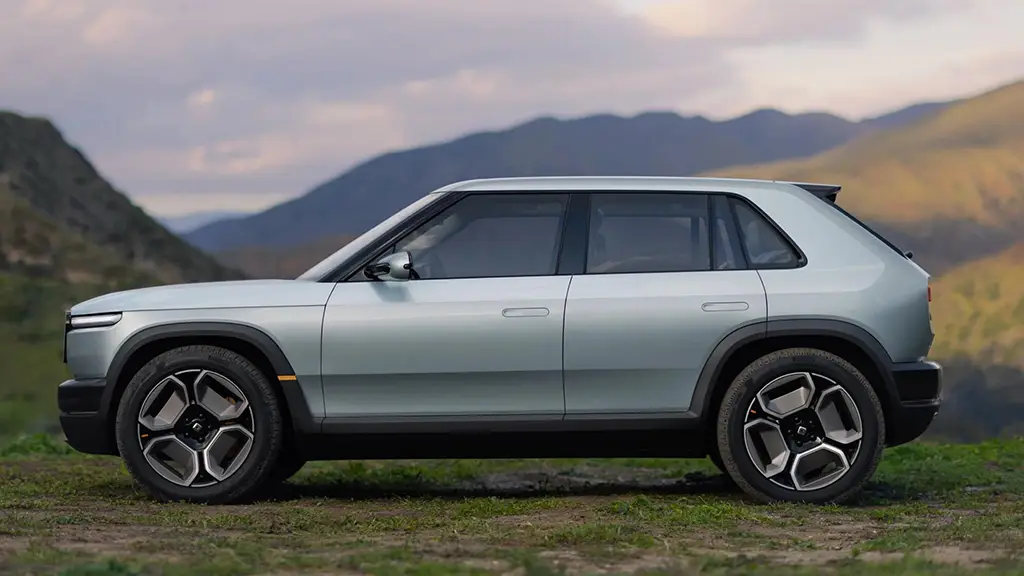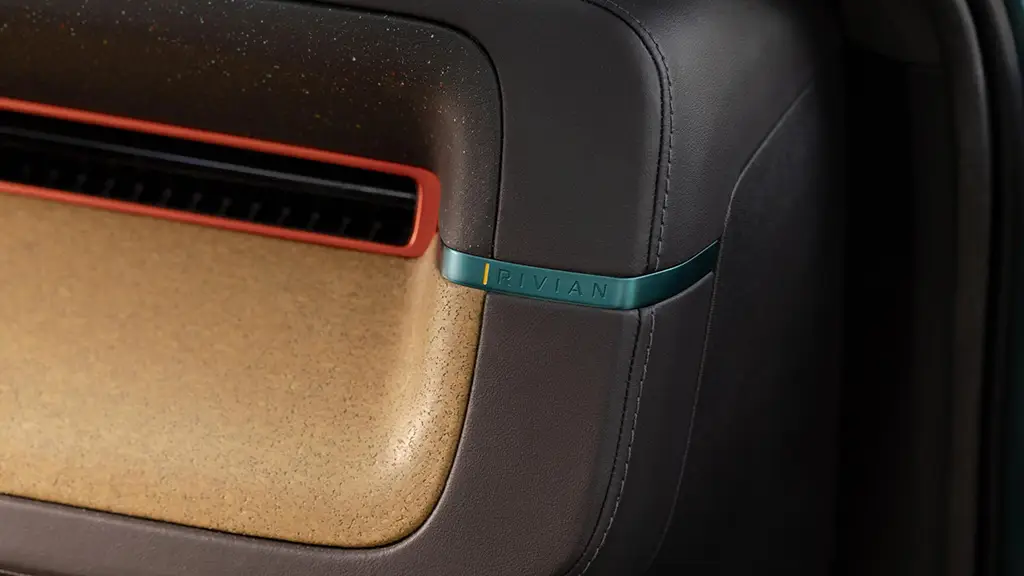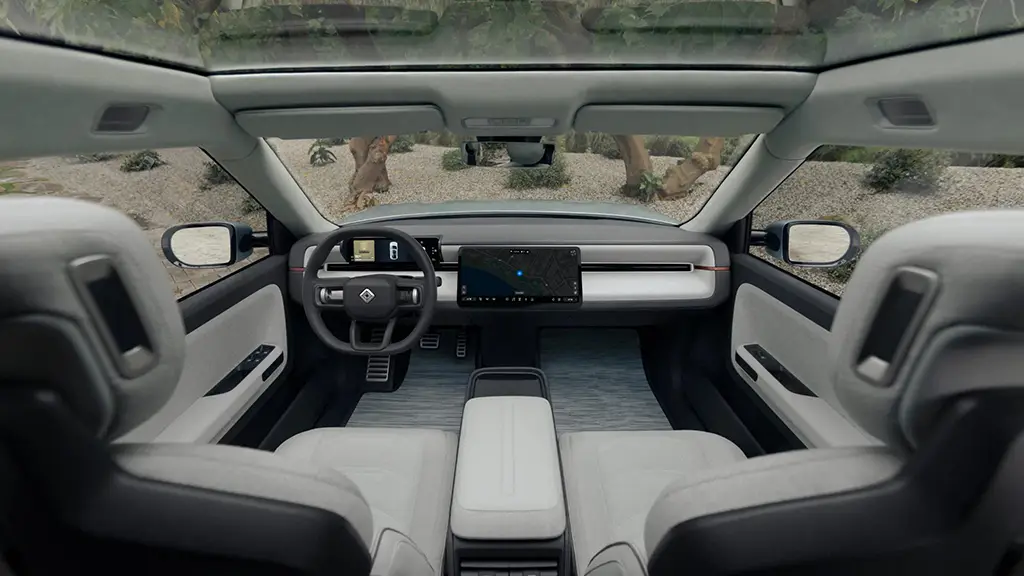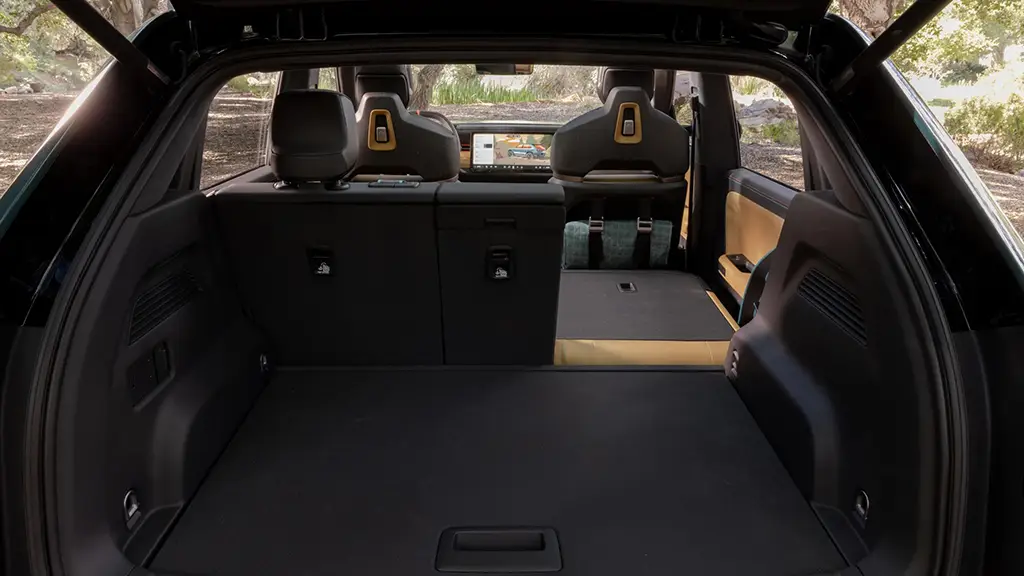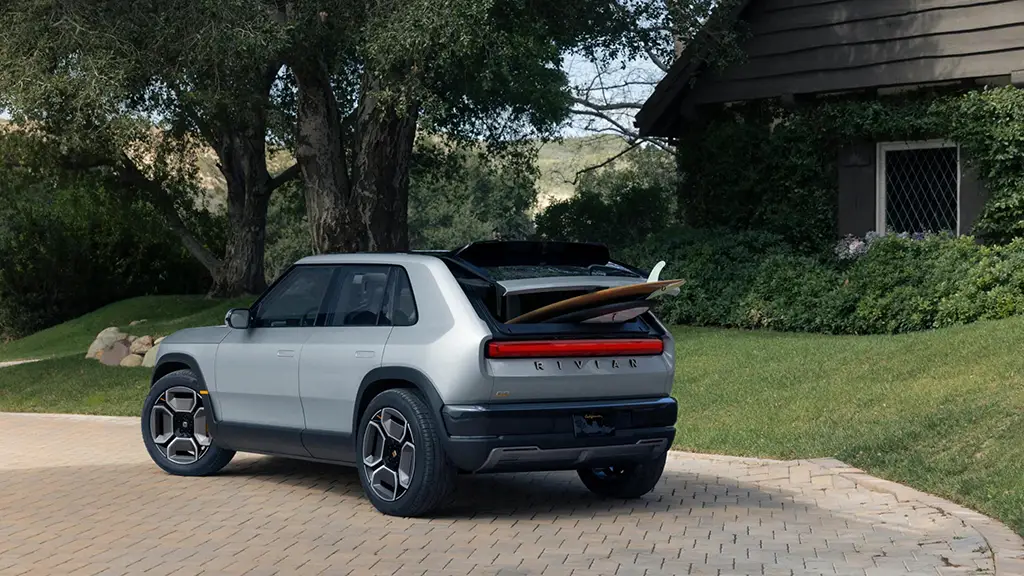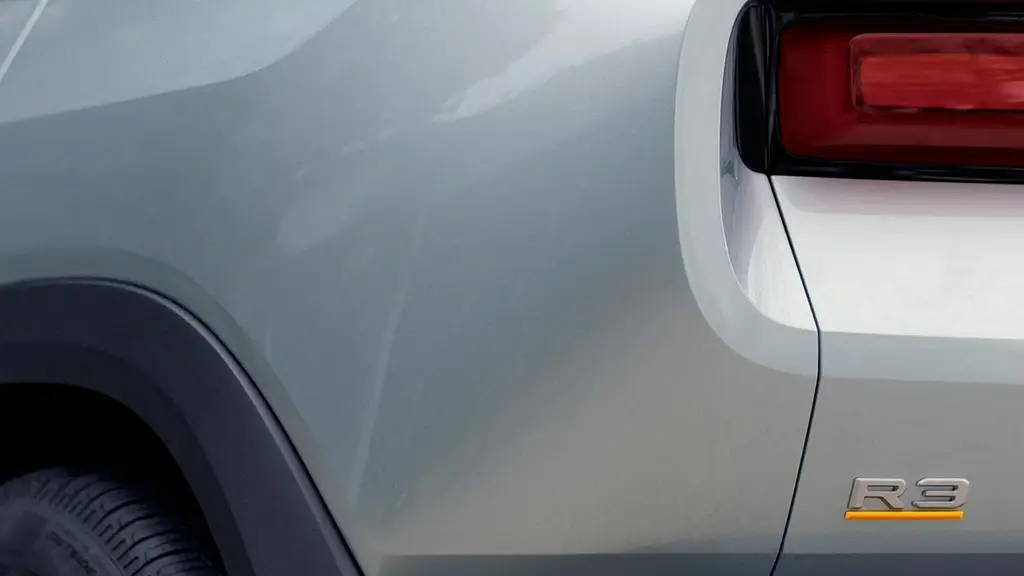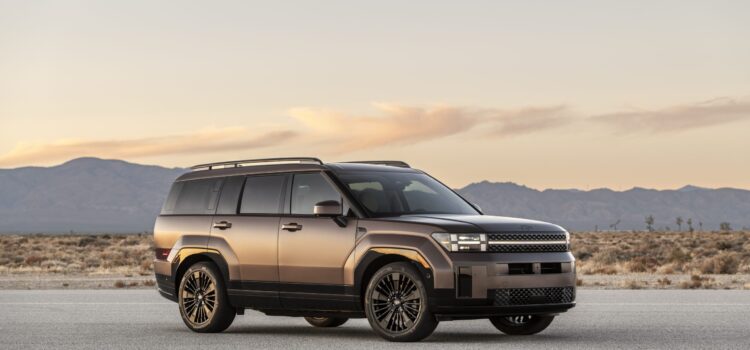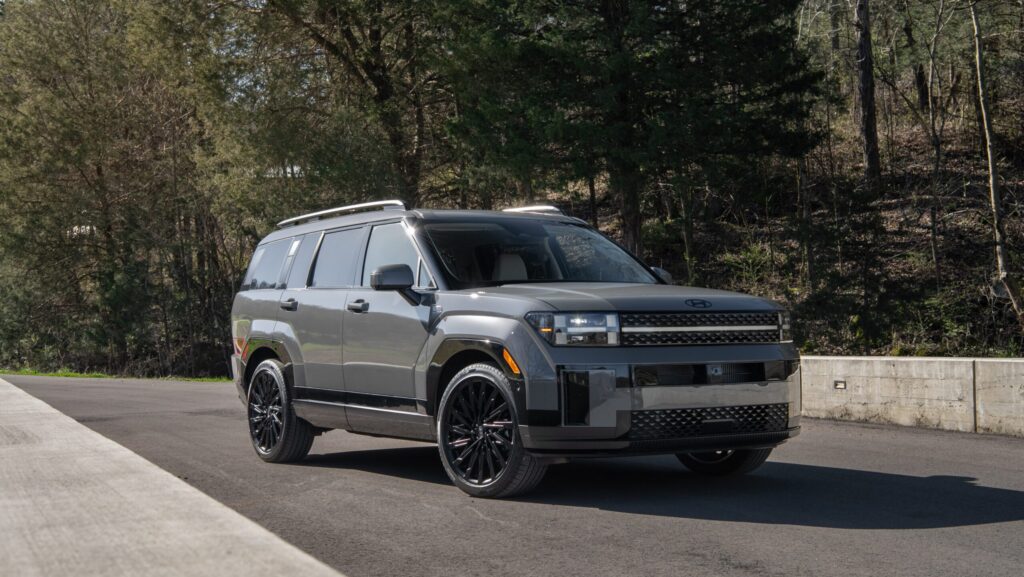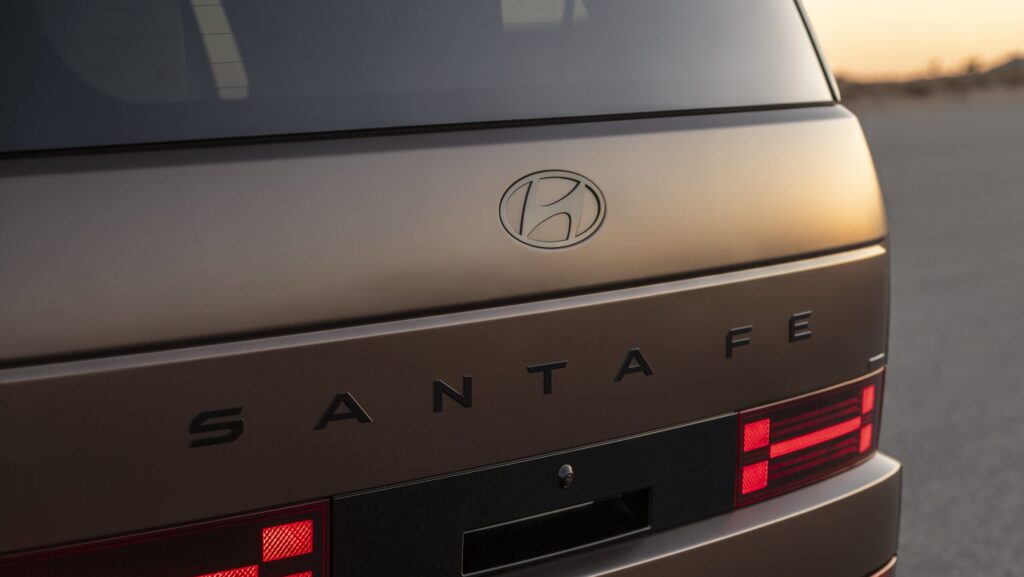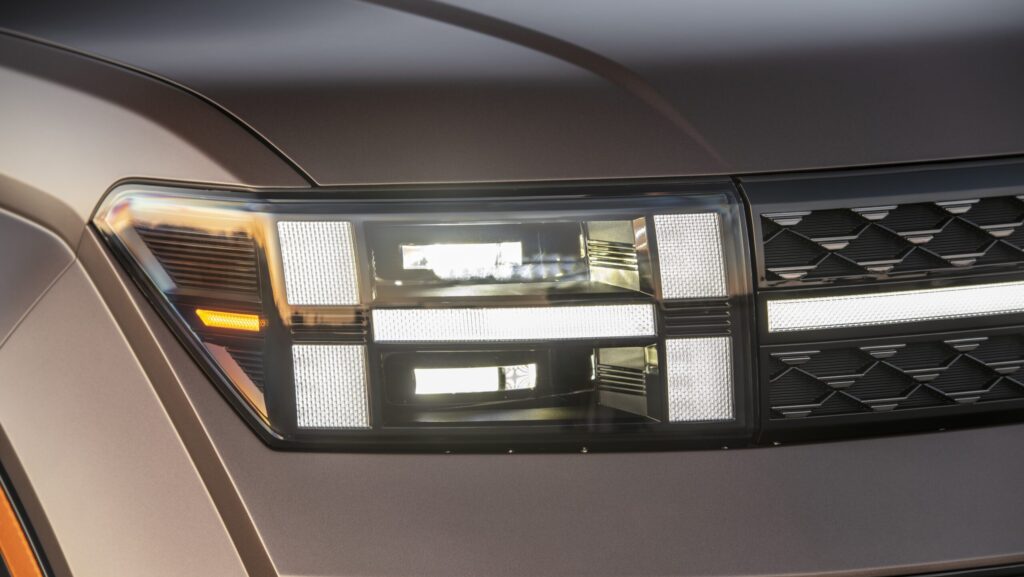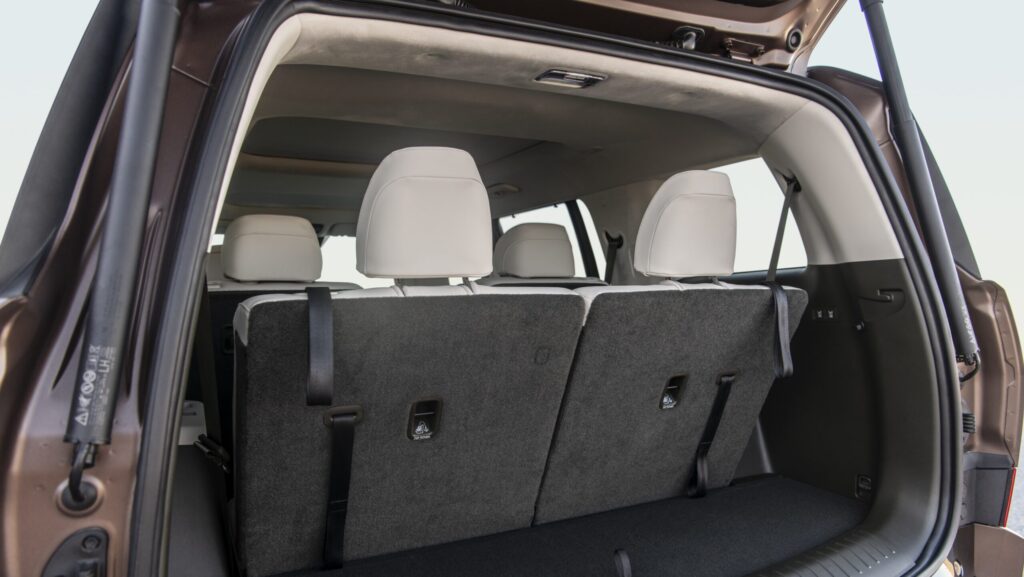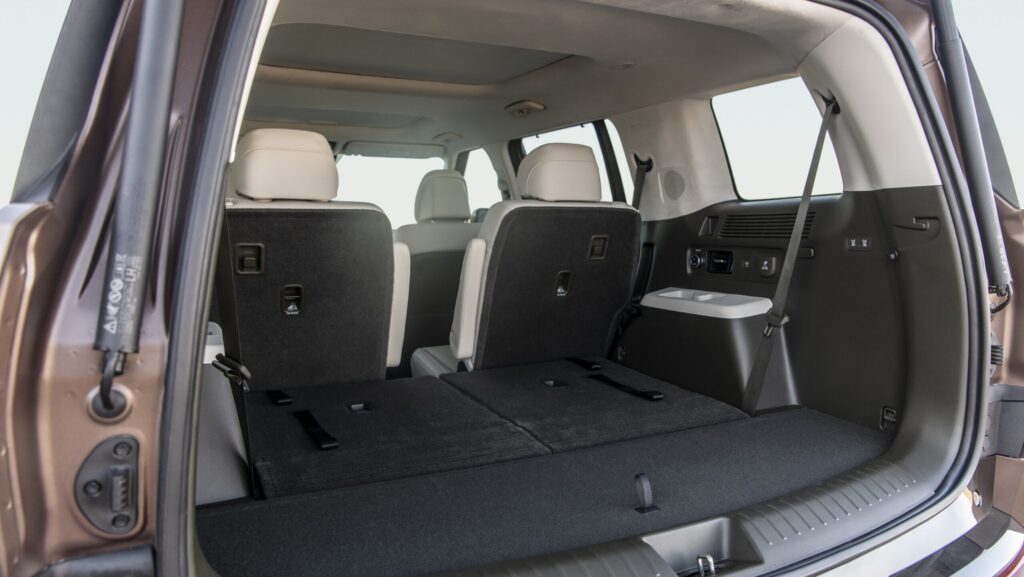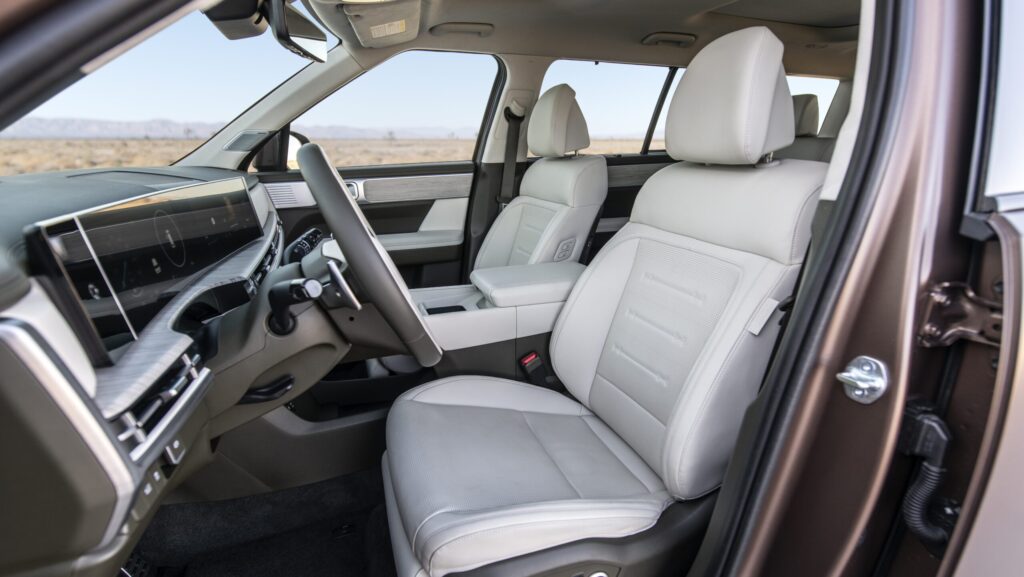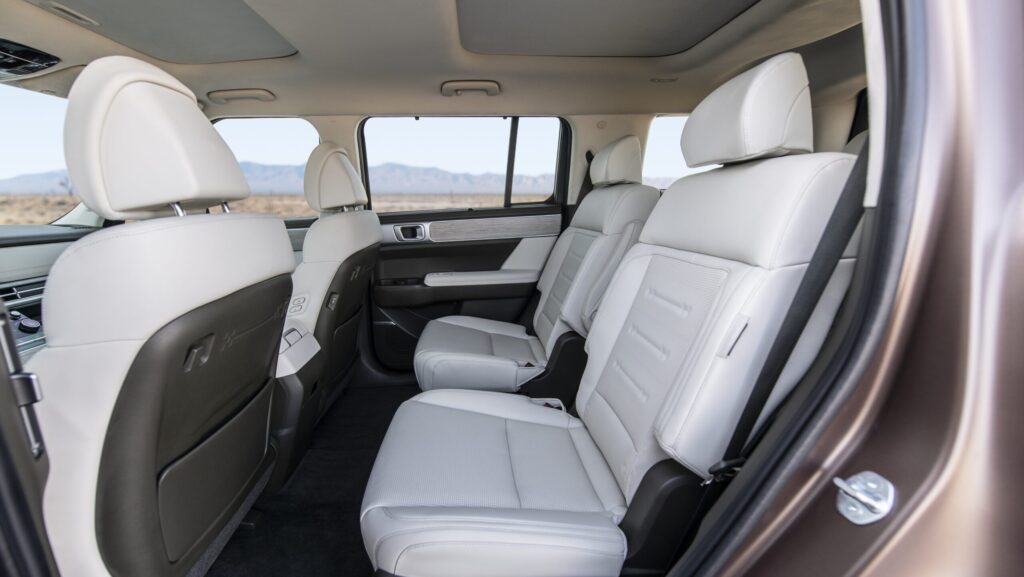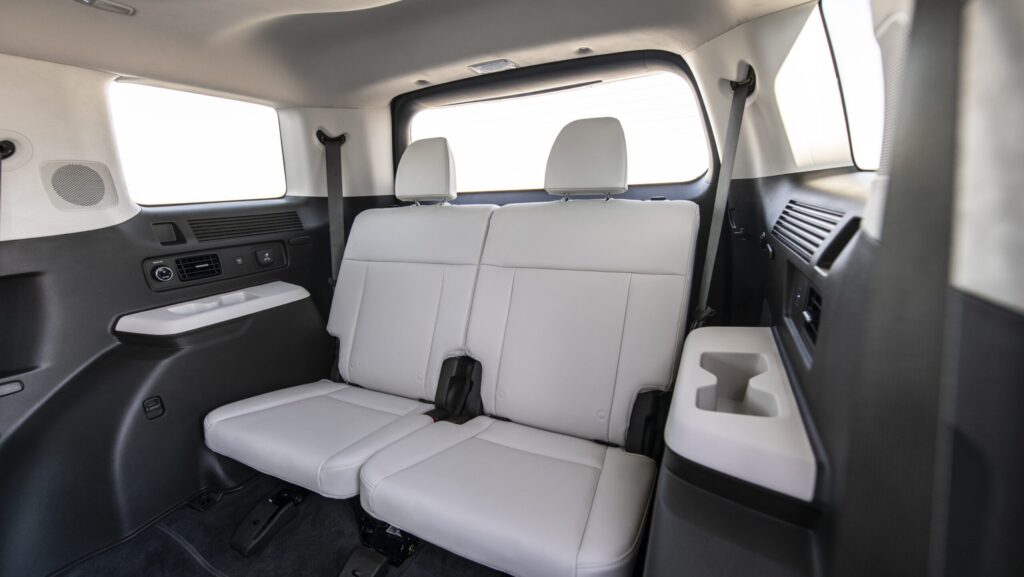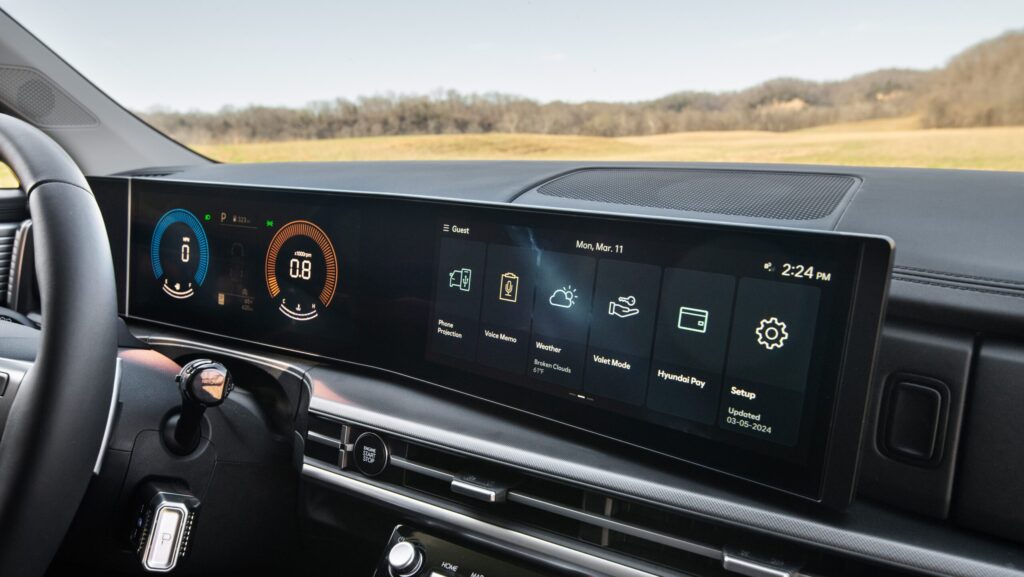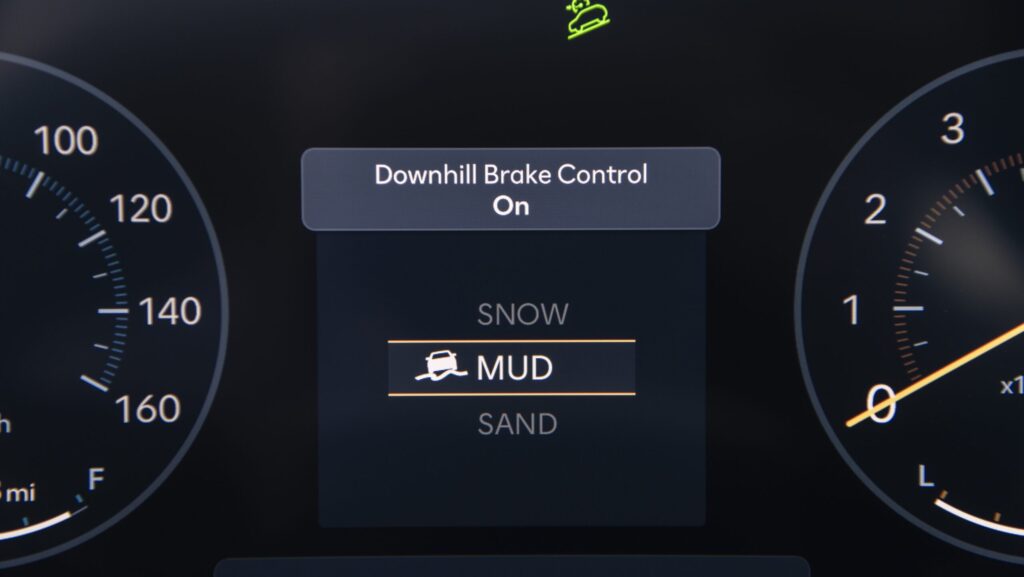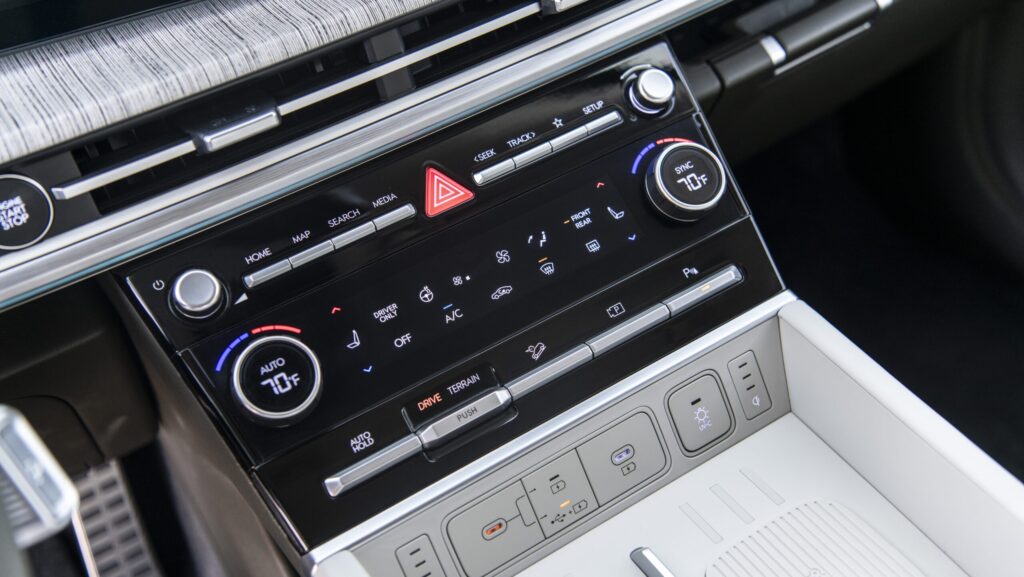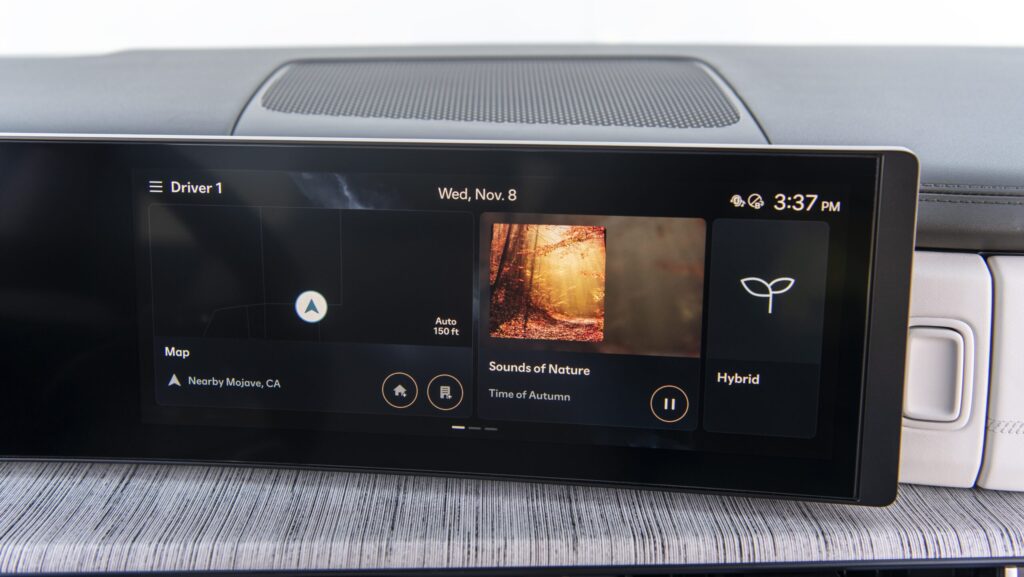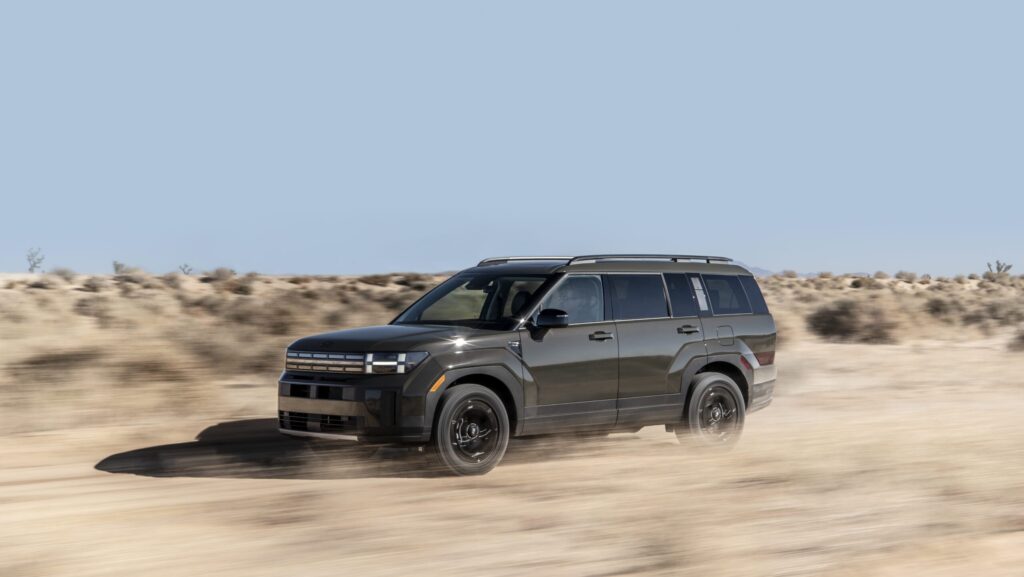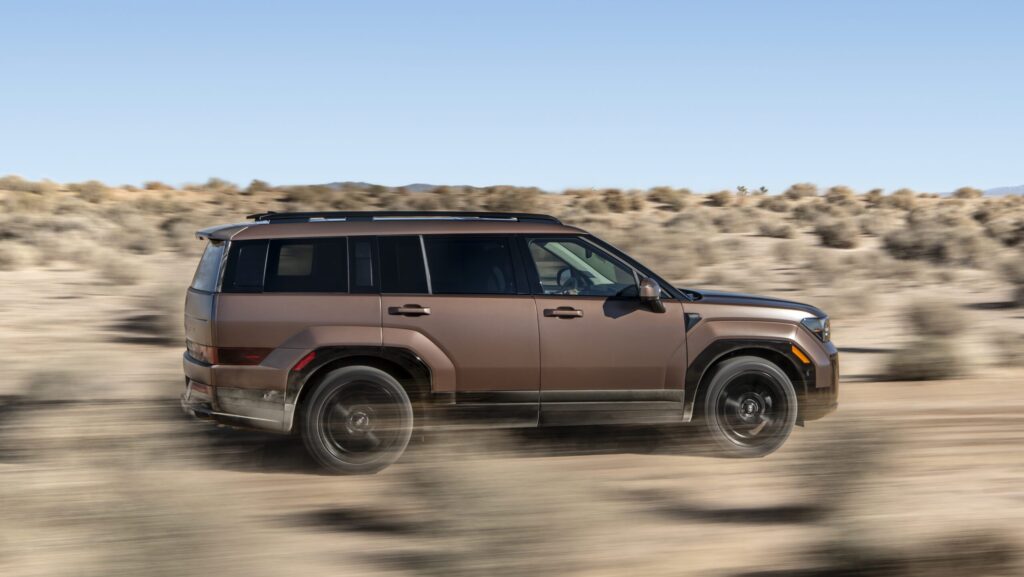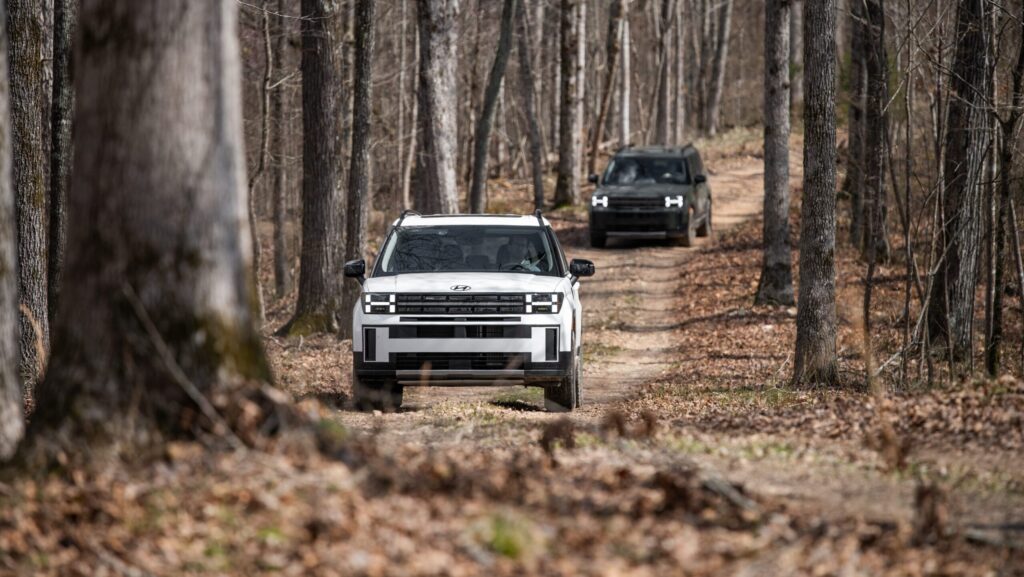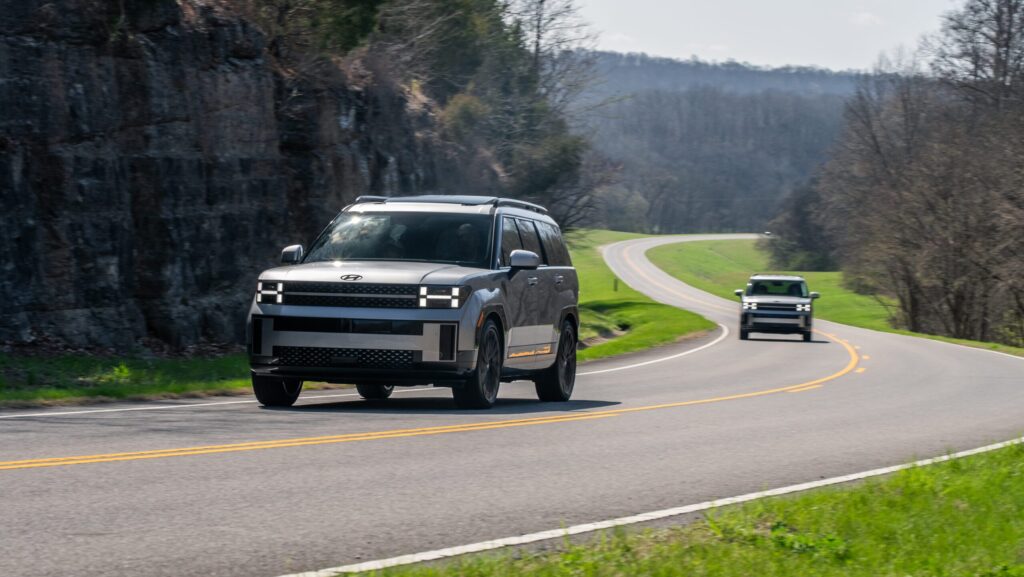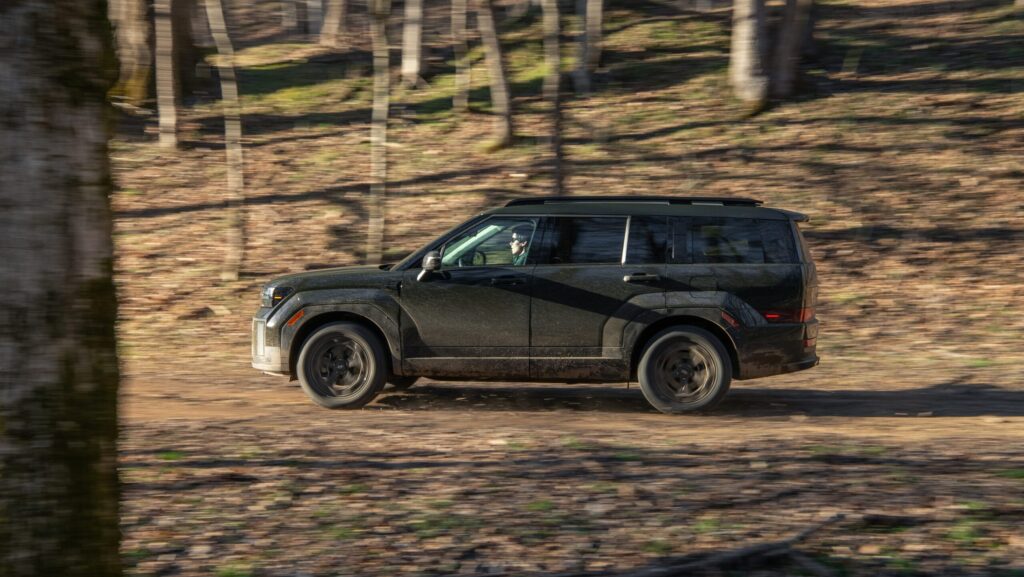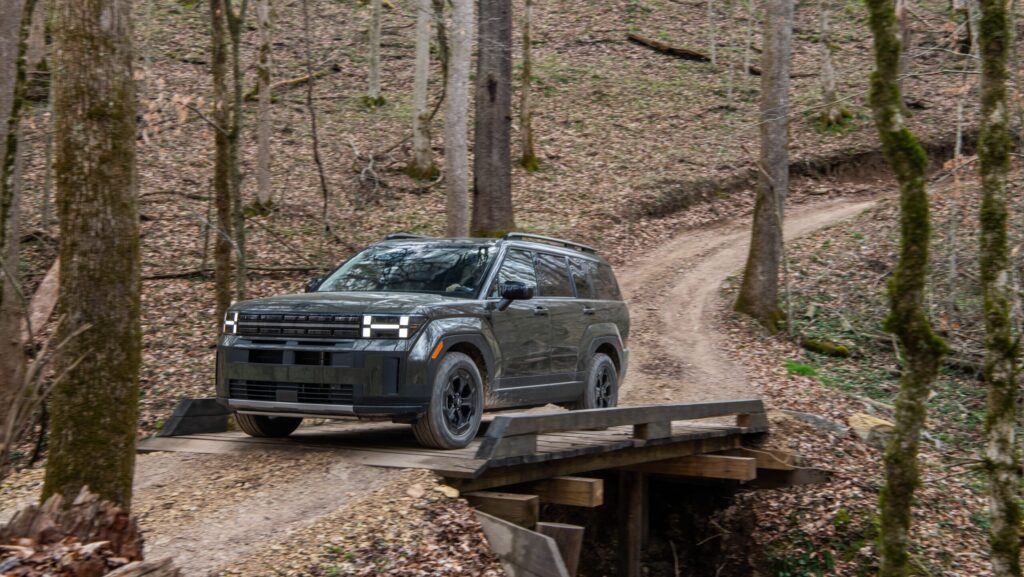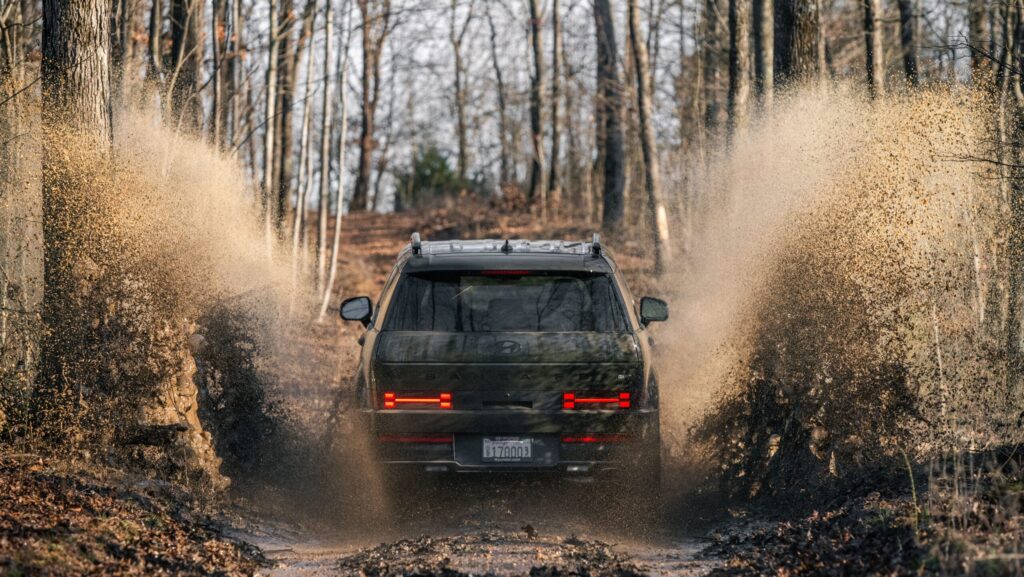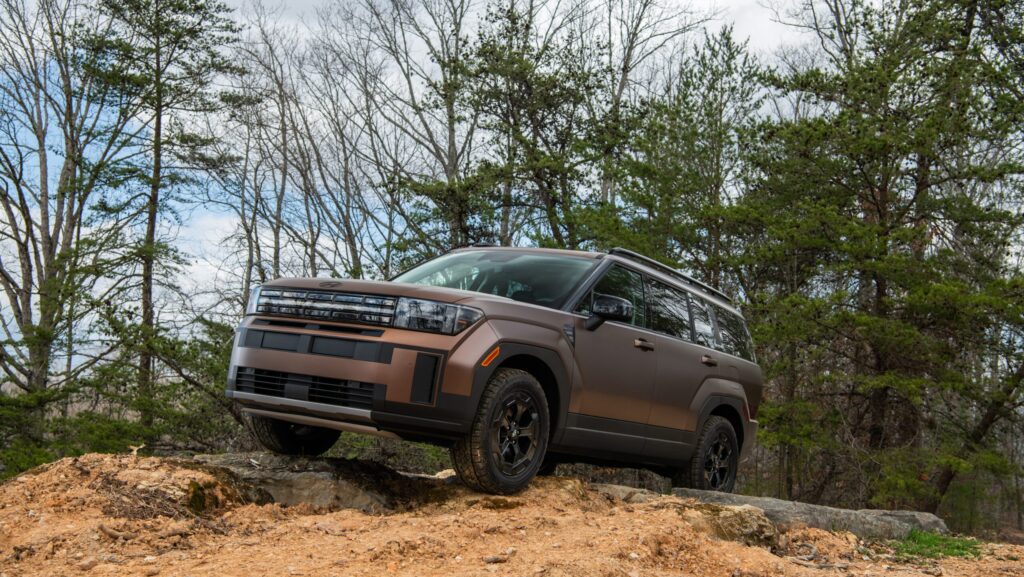Tifosi sunglasses review: The best budget shades for driving?
I wasn’t sure what to expect when Gabe hit me up, saying some sunglasses company was interested in sending us stuff to sample. Us? Sunglasses? But then I thought about it. Most humans wear sunglasses every day on our silly little commutes to shield our feeble eyes from that dastardly ball of gas in the sky. Glare, whiteout reflecting off snow, clouds, and stupid Altimas, or direct sunshine funneled straight into your eyes all spell potential health hazards and an impending car accident. I’m no superhuman. I wear sunglasses on the road, too, and so do many of you, probably. So why not give these trinkets a shot? After all, sunglasses aren’t just for adding glitz to some snarky fashion freak’s aesthetic, right?
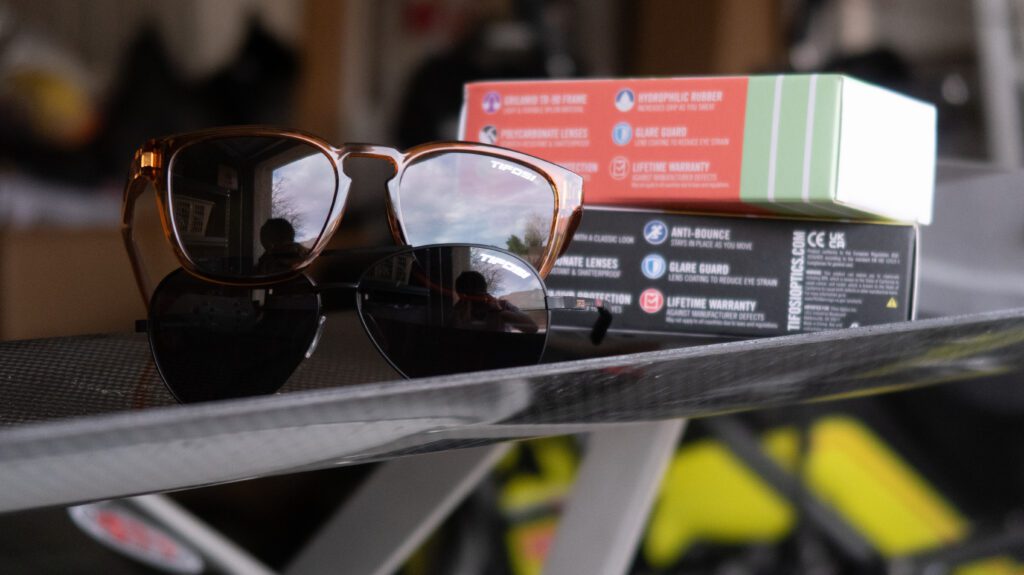
🚦Get ready, set, full disclosure! Some of the links powering our posts contain affiliate links, which means we may earn a small commission if you decide to make a purchase, even if it’s not from the page we linked. Affiliate links are not always an endorsement of the product. To really help us keep our headlights shining to make more content like this, subscribe to the Acceleramota newsletter.
Price and specs
Thanks to Tifosi Optics, a fine producer of budget-friendly sports sunglasses, I had the opportunity to sample two styles of frames with two styles of lenses over the past couple of weeks during my normal-ass routine. Both had different feels and would certainly appeal to different tastes, but one thing they have in common is a stellar price point. When I titled them as “Budget Shades,” I meant it.
A quick bit of online window shopping showed me that their aviator-style glasses range from anywhere between $35 and $59, depending on the exact lens and frame. Their Rayban Wayfarer-esque shades bounce between $30 and $55. It’s not as cheap as something on a stand at the mall, but it vastly undercuts the likes of Oakley and Rayban. Expectedly, non-polarized lenses will save you tens of dollars, while polarized lenses, like my two testers, occupy the upper echelon of Tifosi’s price range. All sunglasses are sold with a lifetime warranty, and spare parts are available on select models, including the aviators. And should you need it, you can get Tifosi glasses with prescription lenses, as well.
As for typical Acceleramota specs, let’s see. 0-60 mph? Some day. Quarter-mile? I don’t know, however fast you can jog. Displacement? I’m guessing less than two liters. No turbos, superchargers, or hybrid batteries, obviously.
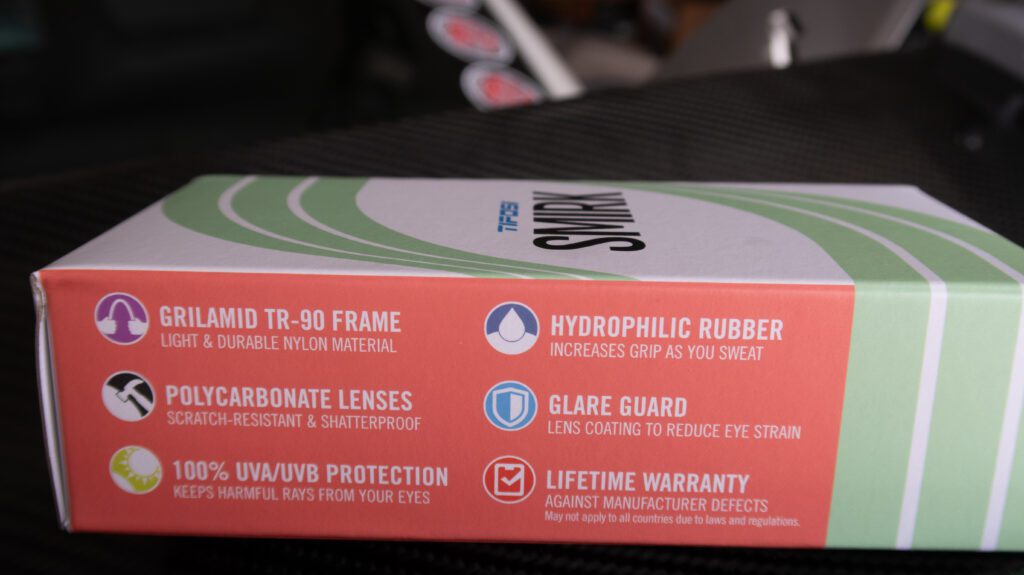
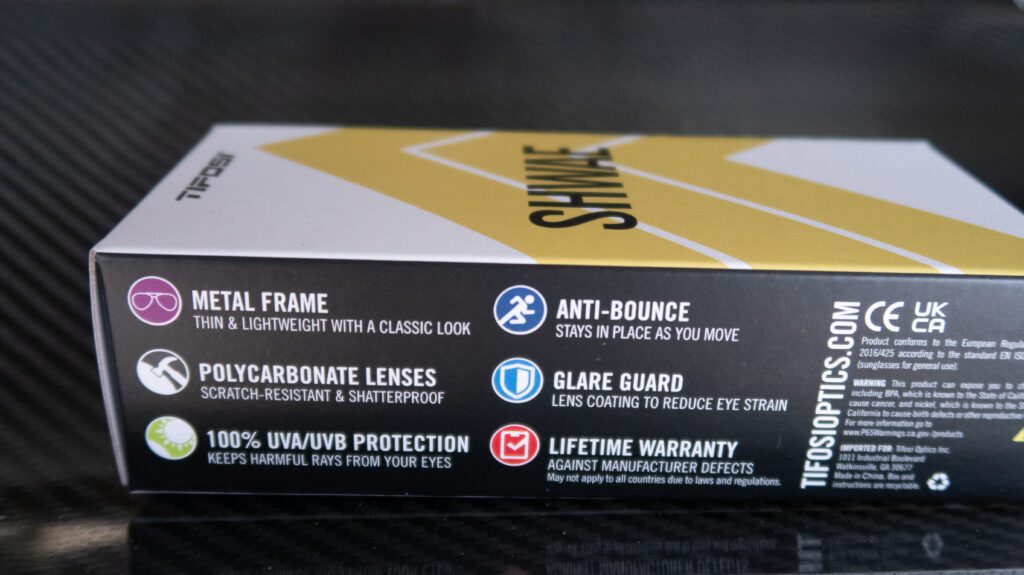
| What’s hot? | – Impressive glare protection comparable to more expensive brands – Little-to-no slide or bounce – Versatile lenses provide great vision, even in dimmer settings – Lifetime warranty and replacement parts available – Prescriptions available |
Tifosi Shwae
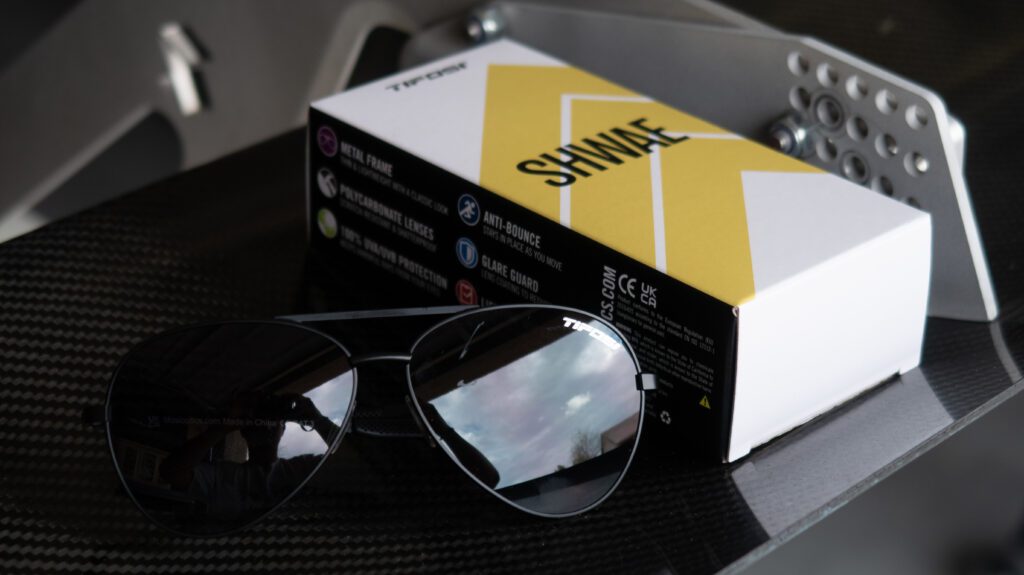
Tifosi Optic’s Shwae aviators are about what I expected for an affordable aviator. It rocked a far sturdier build and better lenses than your typical mall booth or airport convenience store sunglasses, albeit to say it had a sturdier build is to say it can still feel a little frail in your hands at times. Aviators are aviators, and you’re often left worrying about being a clutz and damaging the thin frame. Still, it sits great on your face and almost never slides off your nose, and the black polarized lens does a fantastic job of filtering our sun glare without inhibiting your vision much at all, even on overcast days and dim mornings or evenings. In fact, I’d go as far as to say it’s comparable to more expensive brands.
If I had one bone to pick, it’d be that the “scratch-resistant” polycarbonate lenses aren’t scratchproof. Interestingly, they went through less abuse than the other pair I was given, yet they seemed to scuff easier despite being made of the same lens material. Weird.
So far, it’s proven to be a solid pair of driving glasses that will be an invaluable aid once the brutal Nevadan summer rolls around to roast eyeballs left and right. And I mean, look at it. You’ll be safer on the roads and look fly at the same time—unless you don’t like aviators, in which case, I say stop being lame.
Tifosi Smirk
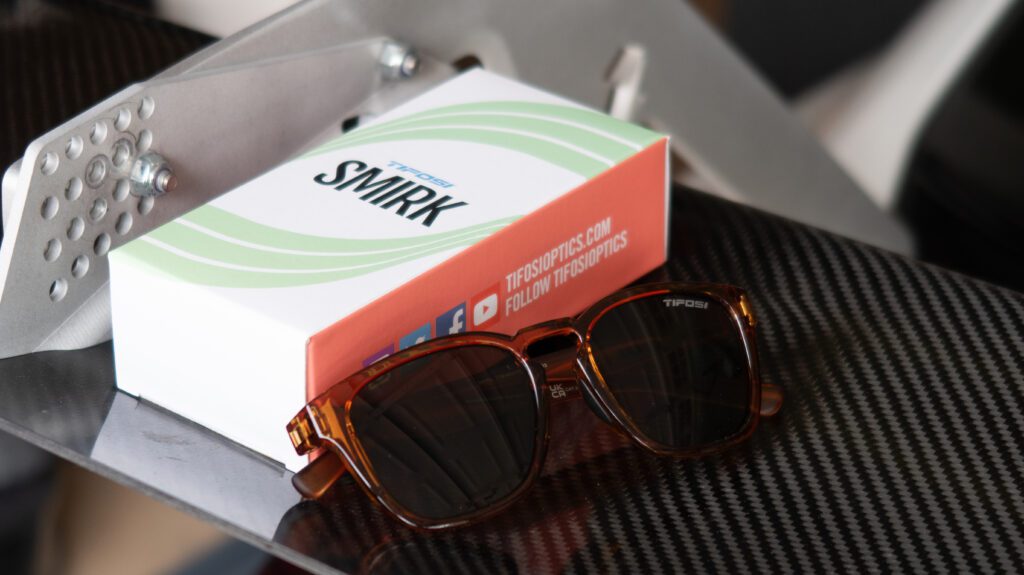
Although I was more excited about receiving the Shwae aviators, it was these Smirk Wayfarer-ish glasses that actually left me the most smitten. The acrylic frame was tough enough to withstand my clumsy self dropping a few, okay, several times, yet flexible enough not to crack when finagled into my Subaru BRZ’s terrible strap-type sunglass holder. I received a brown “Honey” frame color, one of several available, that goes well with many outfits, and the brown polarized lens proved to be the most versatile, easily making short work of glare while still being bright enough to forget they’re even on your face, cloudy or sunny. There are also small rubber pads on the nose piece to keep it from sliding off your face, which is a thoughtful touch when other Wayfarer-style glasses are straight-up plastic.
For the price (a few dollars cheaper than the comparable Shwae, mind you), I’m impressed. I originally thought it wasn’t my style, but it easily became my new favorite pair.
| What’s not? | – “Scratch resistant” doesn’t mean scratch proof – Aviator frame feels easier to bend or damage – Polarized lenses (expectedly) cost more |
Not bad. Not bad at all.

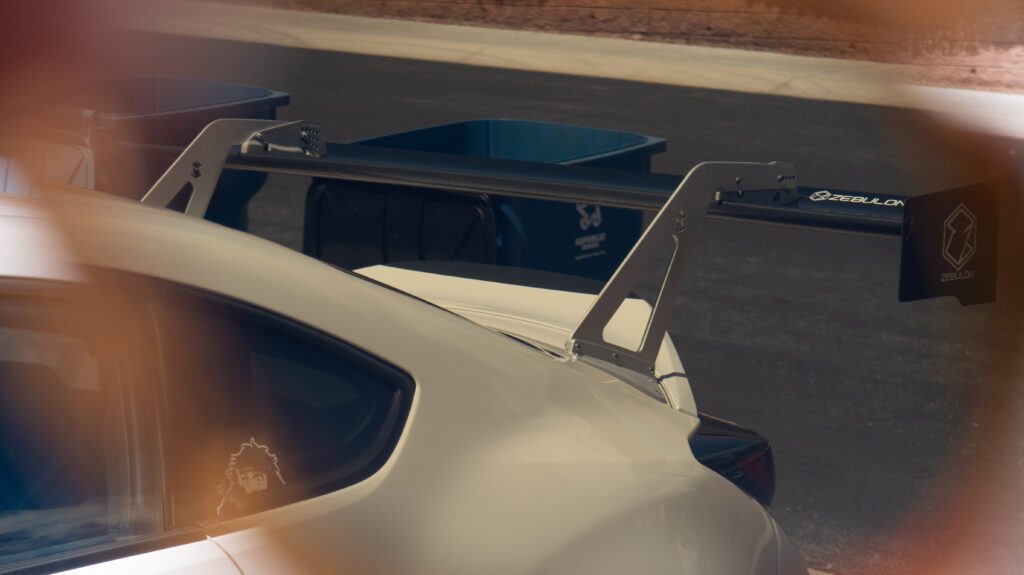

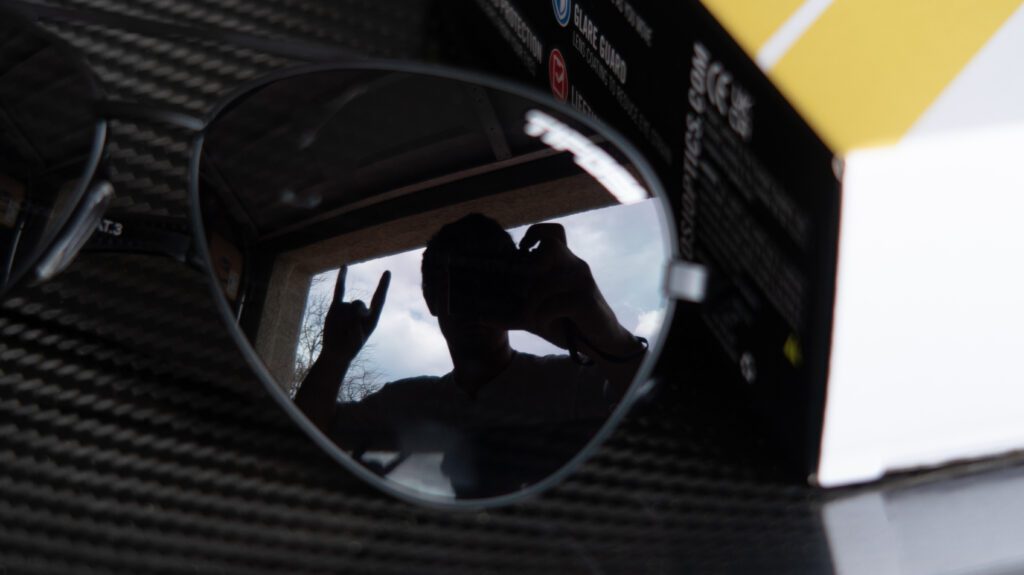
Sunglasses weren’t really something I put much thought into as a driver, despite how often I use them. If I receive a pair as a gift, that’s cool. Or if I forget to bring a pair on a press trip, well, that’s okay; the airport sells a bunch for ten bucks a pop. But genuinely well-made, high-quality sunglasses with quality lenses are not to be slept on, and I’ve learned companies like Tifosi exist to deliver them to the masses at agreeable prices. The Shwae and Smirk are such examples and have proven we don’t have to settle for less because better options are too expensive. Let’s not short ourselves because we’ll never know when glare will come to send us into the back of a semi-truck or sail us off the race track or into a crowd of pedestrians holding kittens and bunnies or whatever else we find valuable that we’d prefer not to hit.
Shoutout to Tifosi Optics for the opportunity, and good job on a pair of commendable products. Keep it up.
